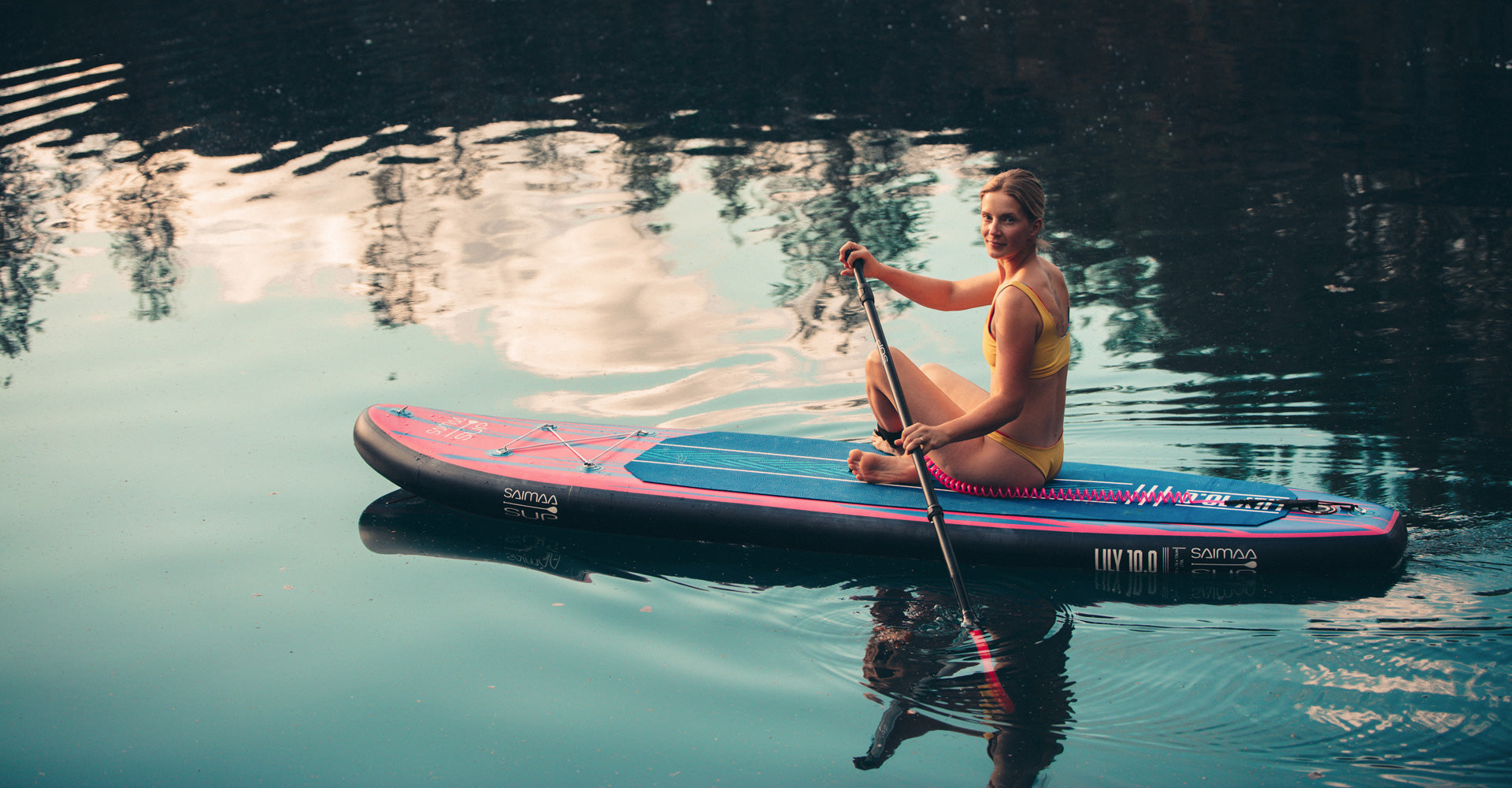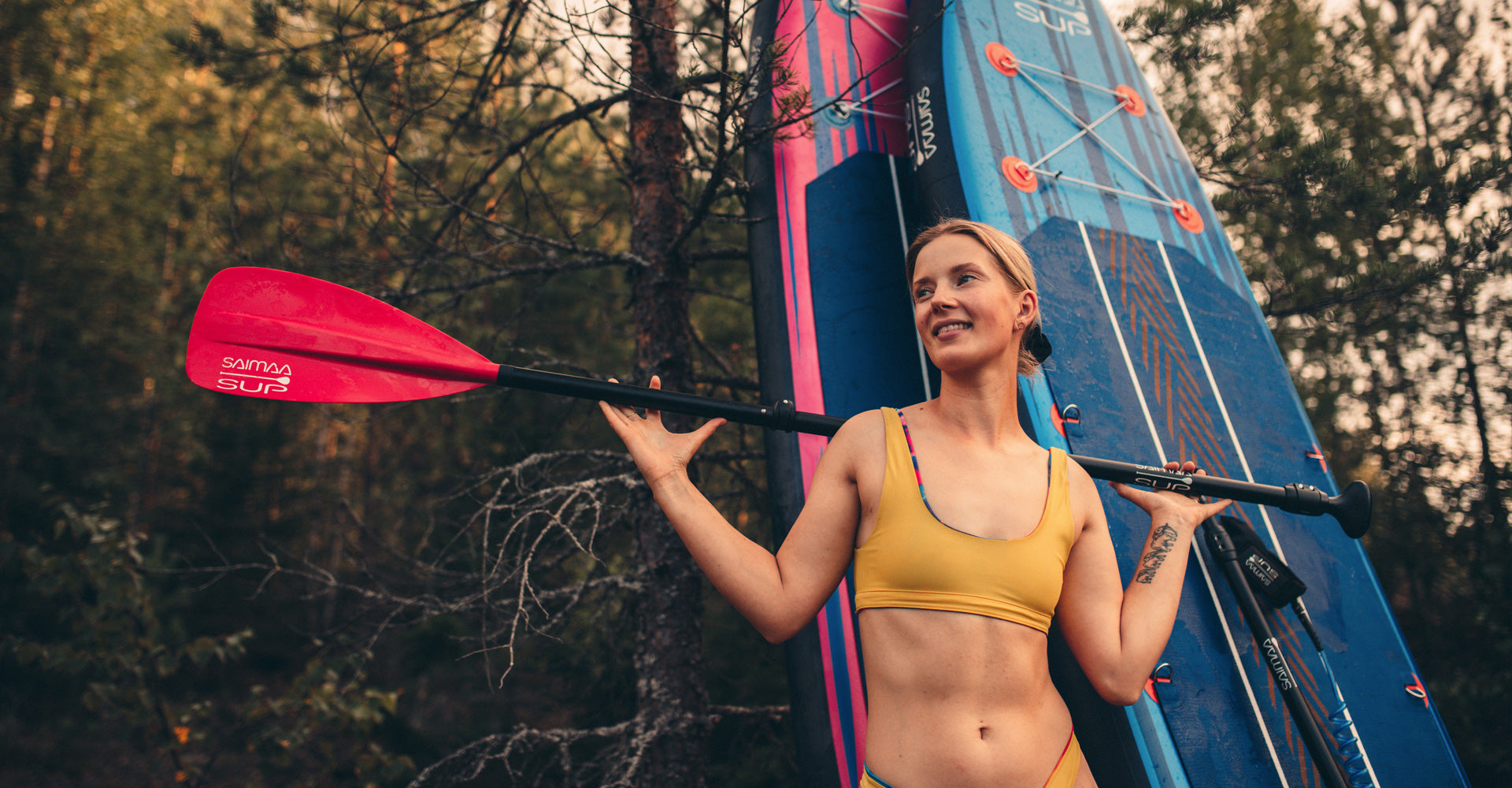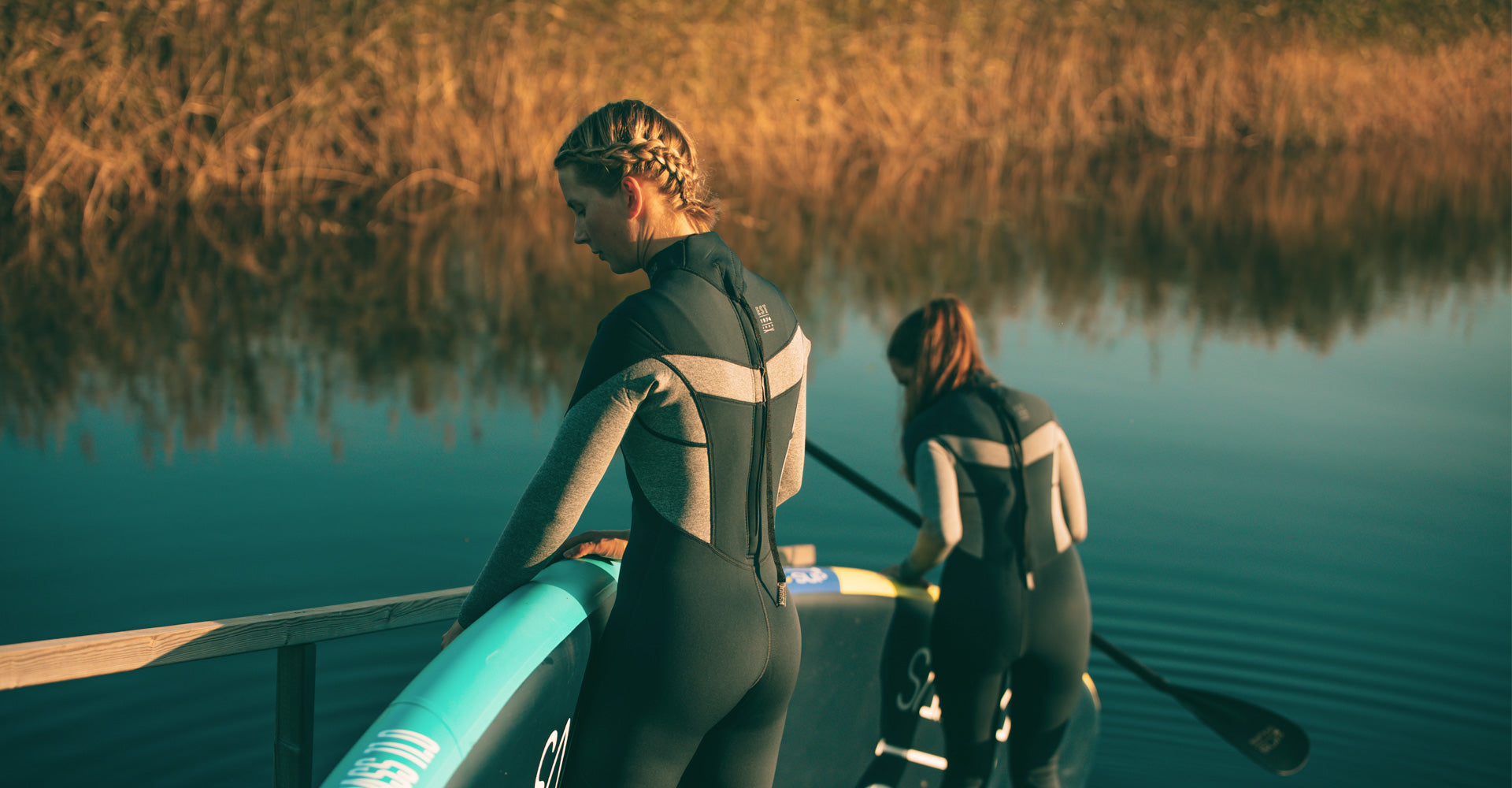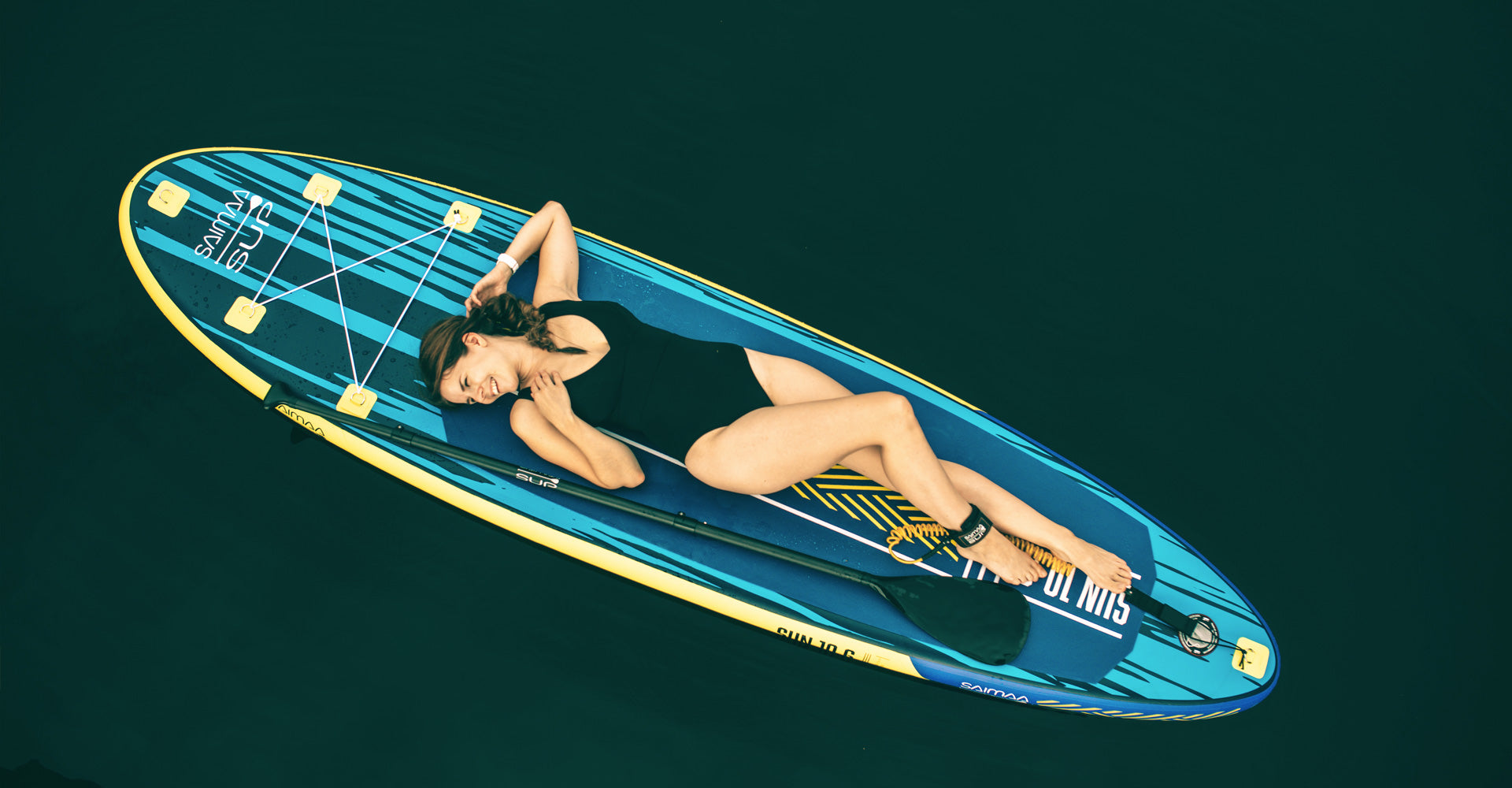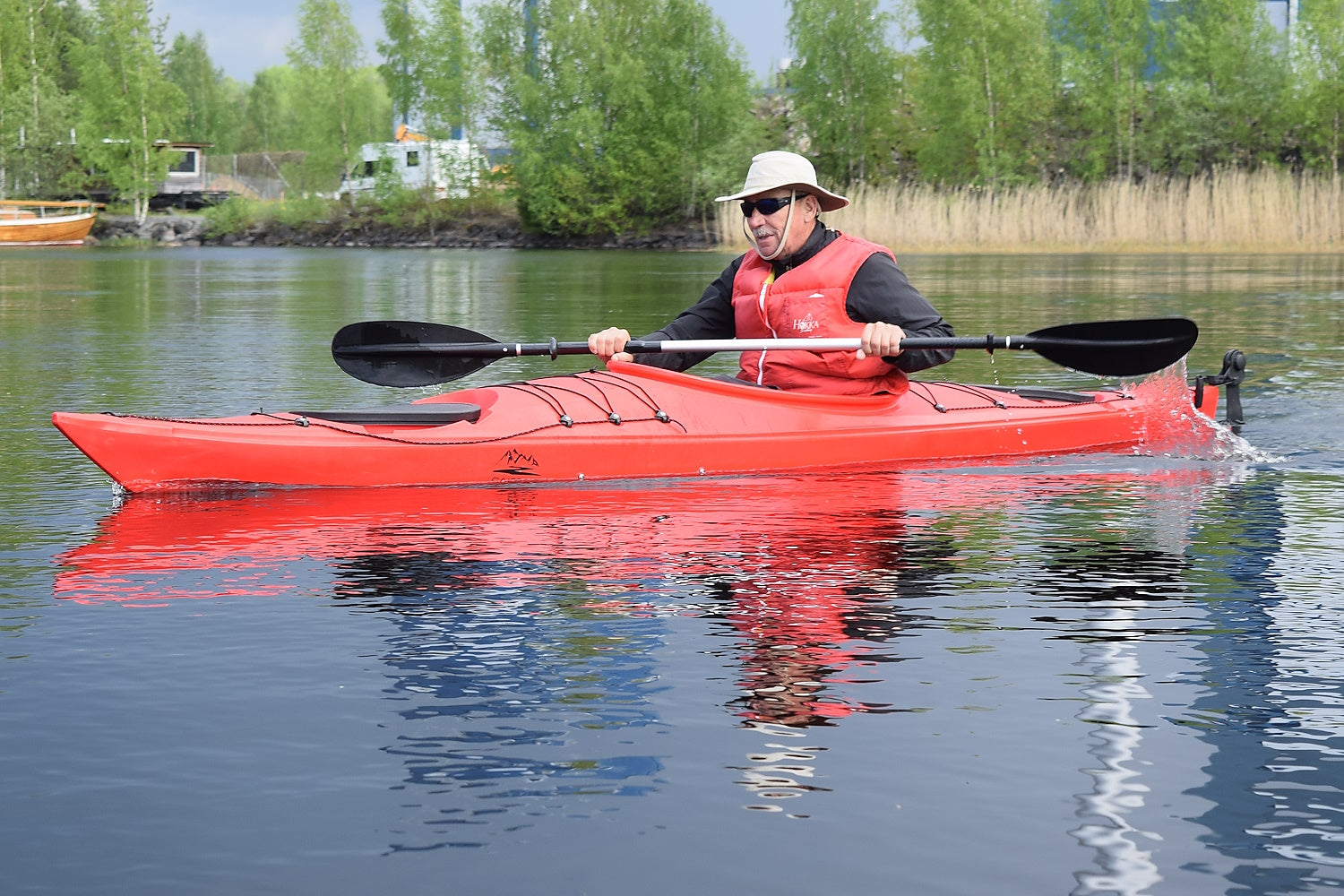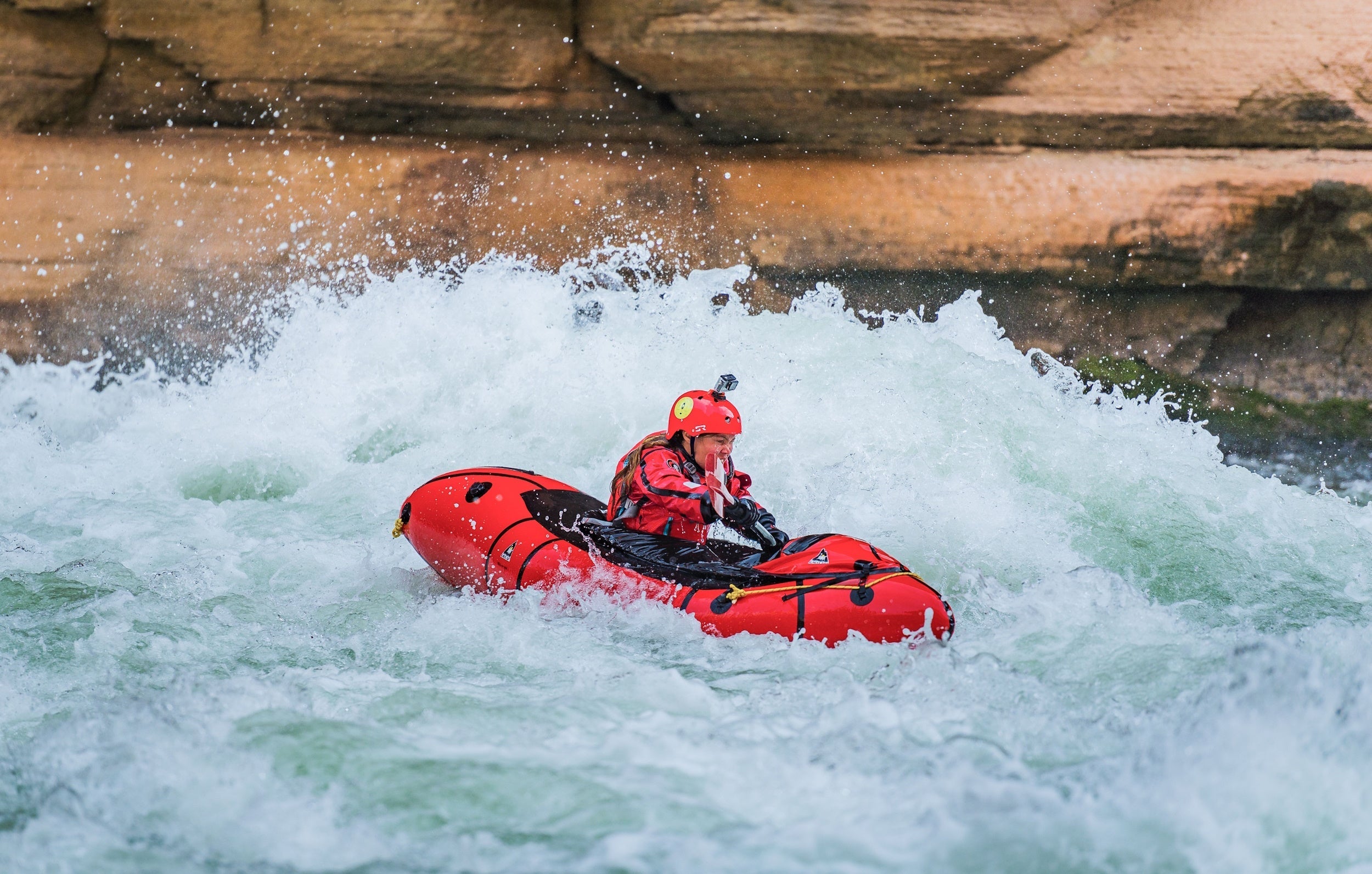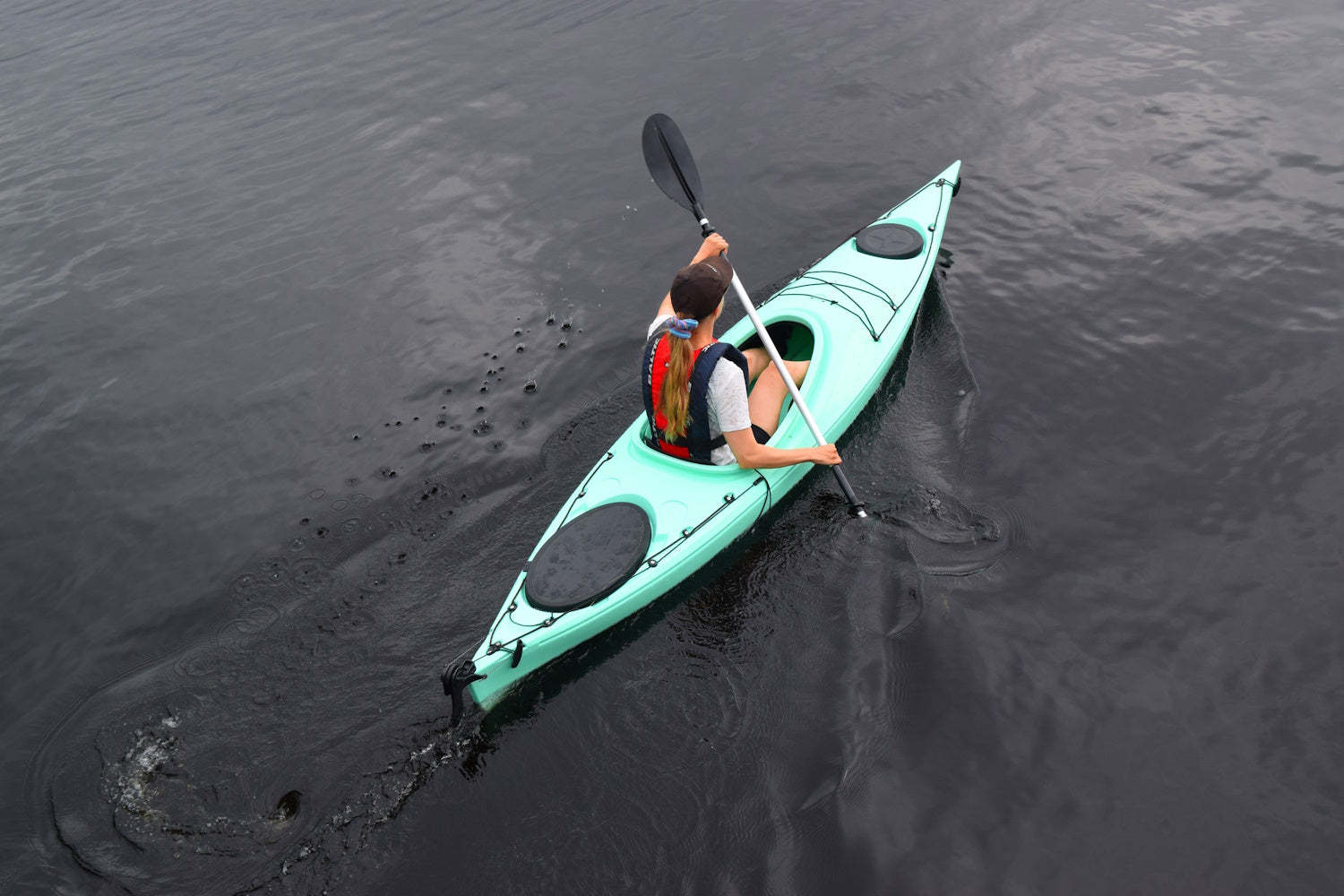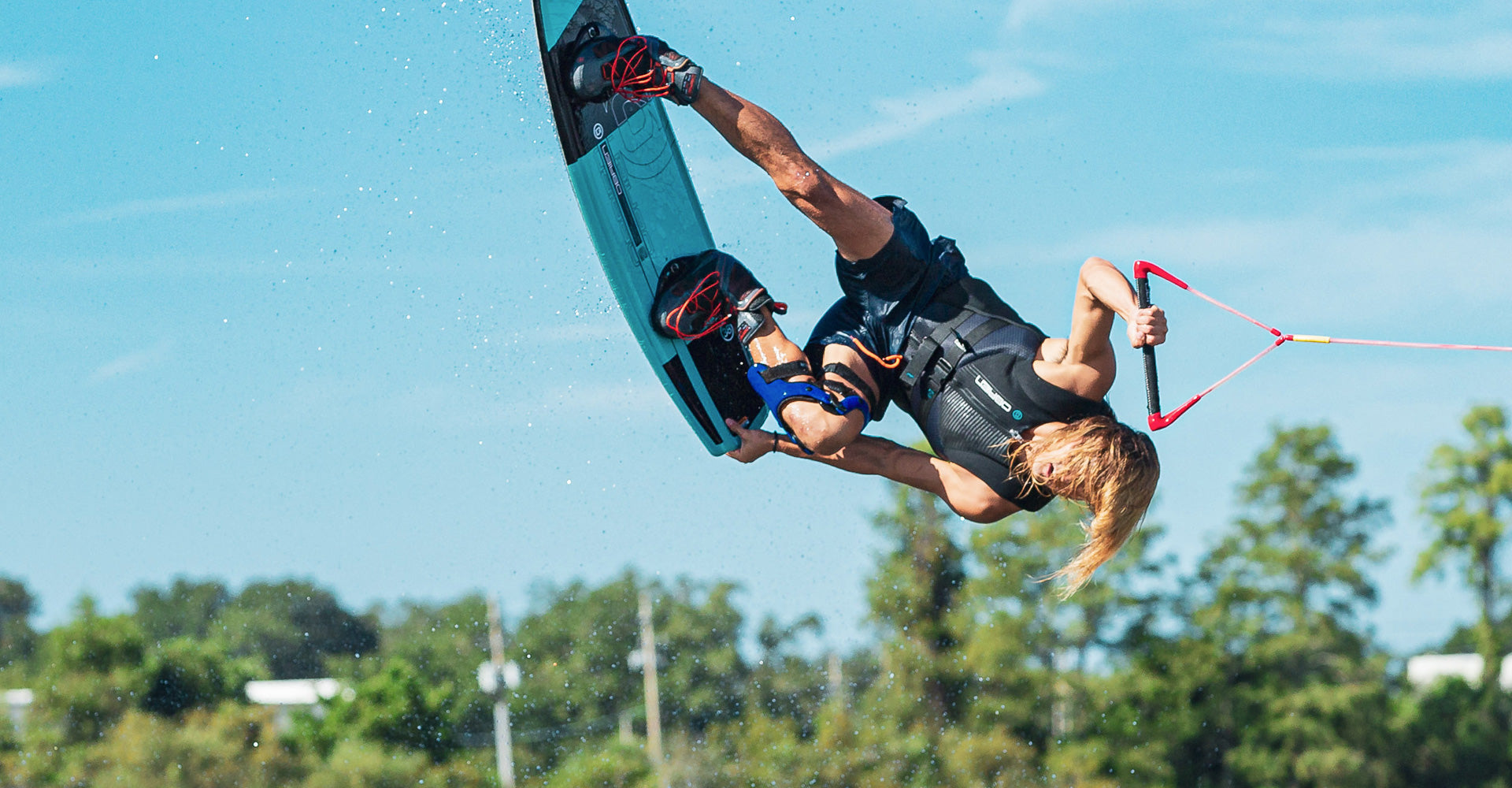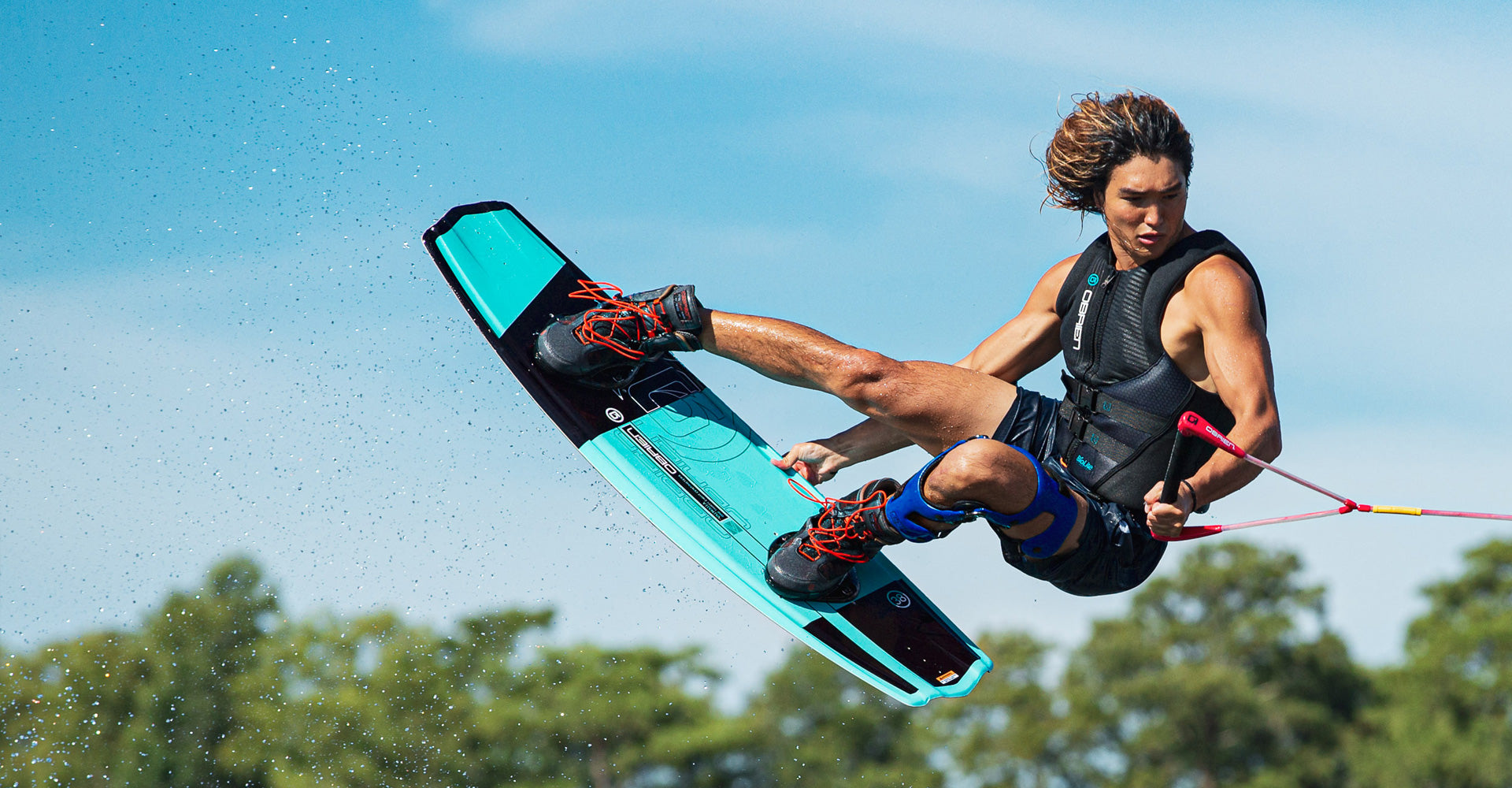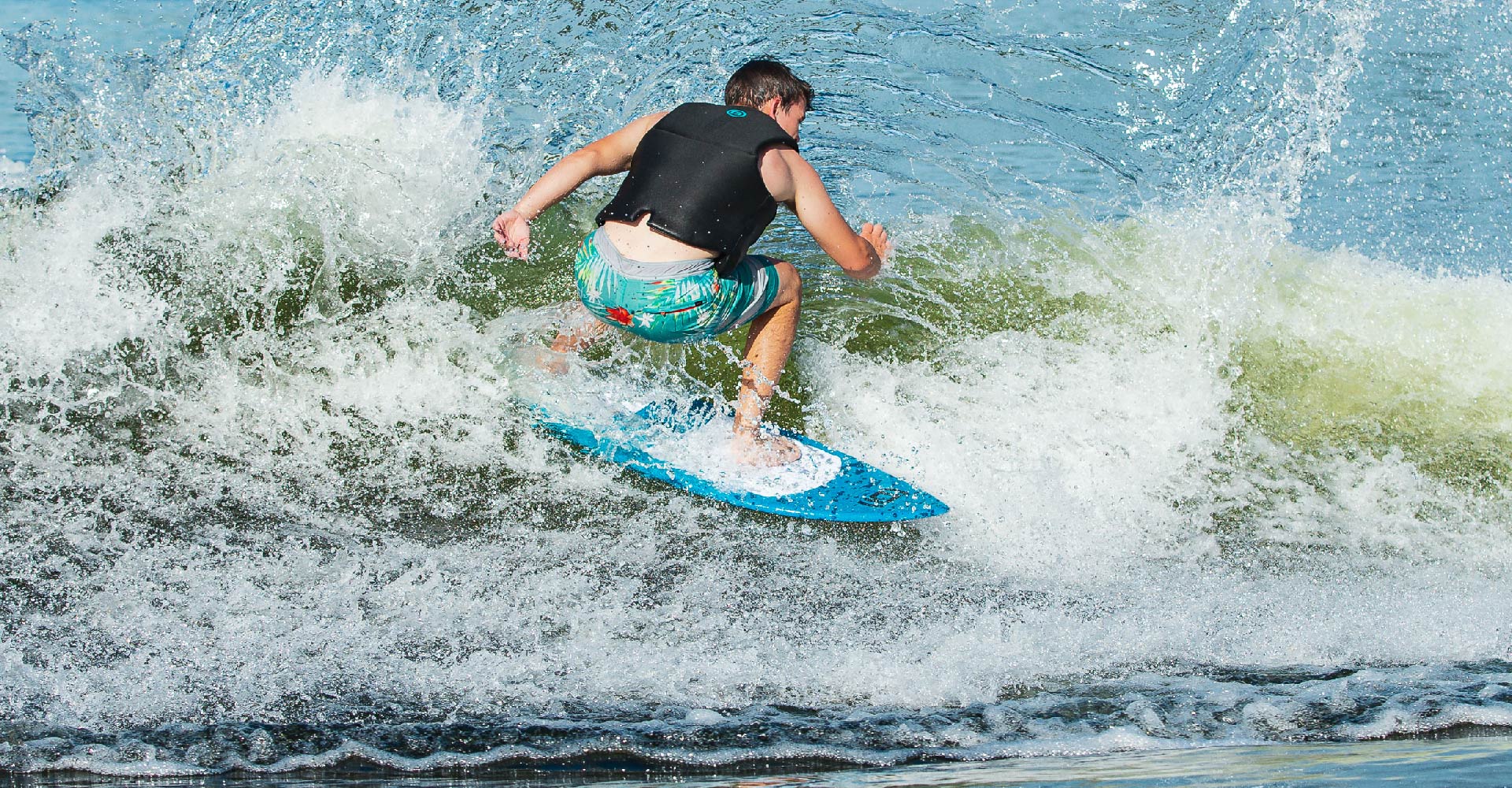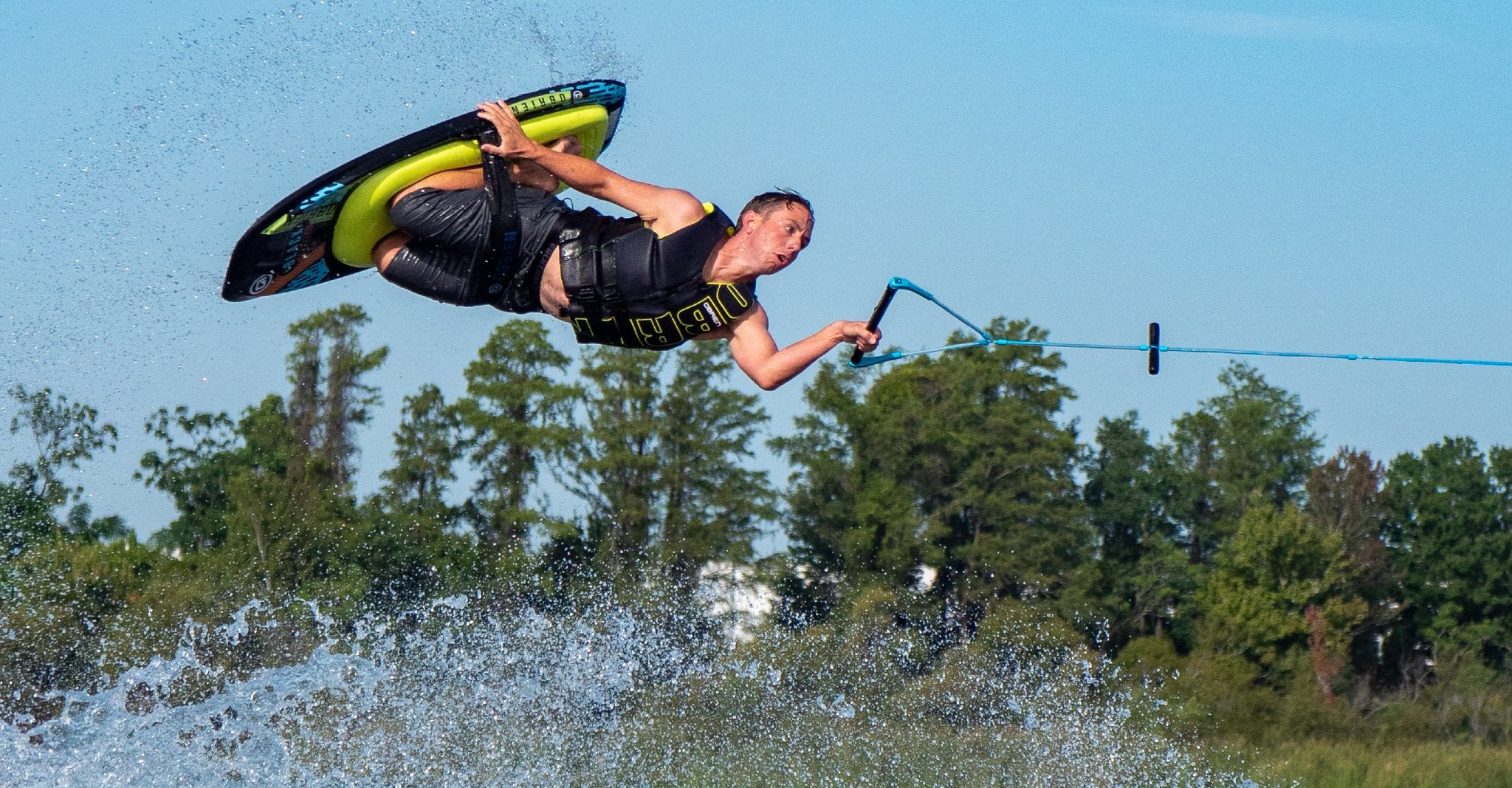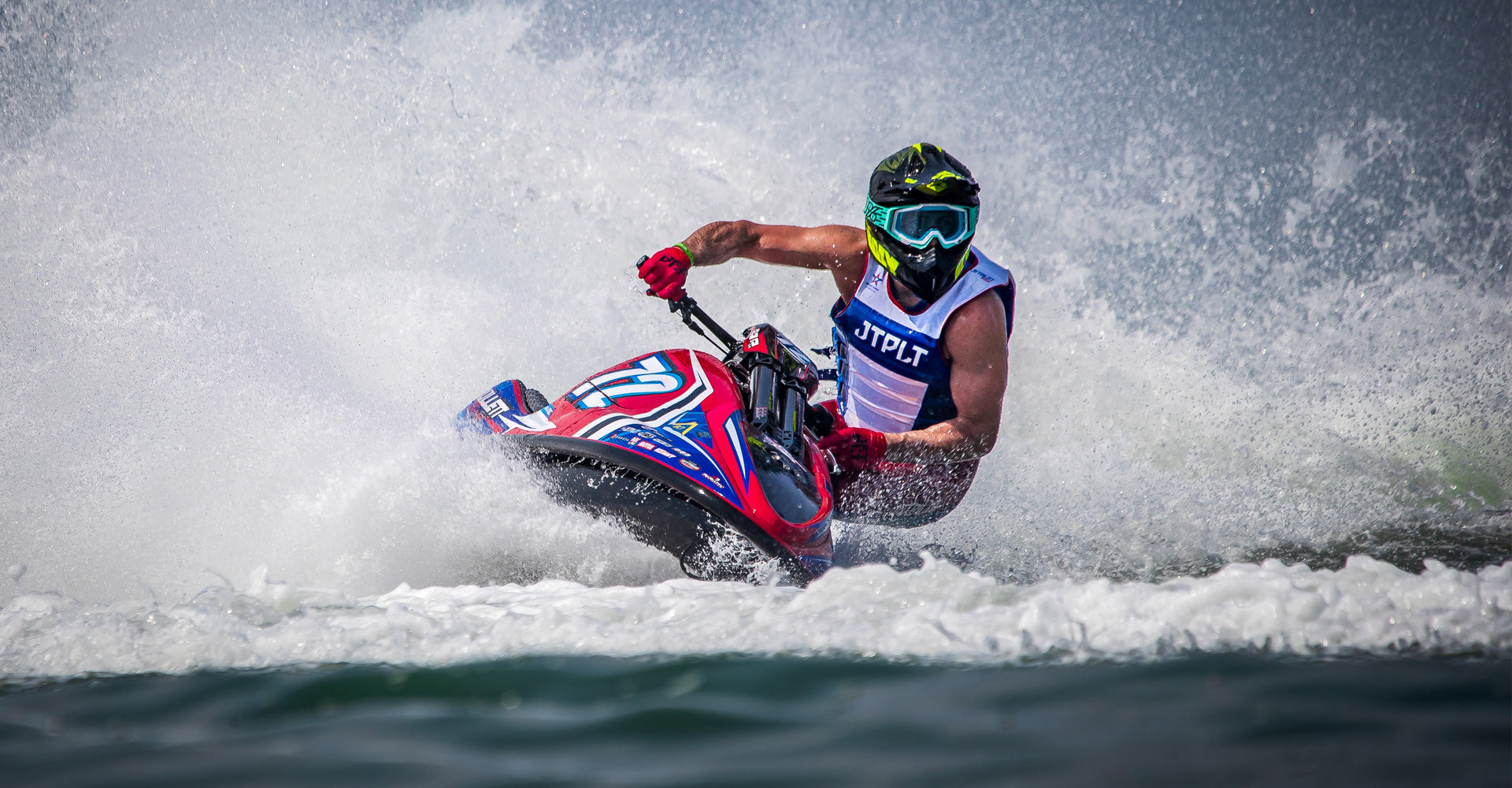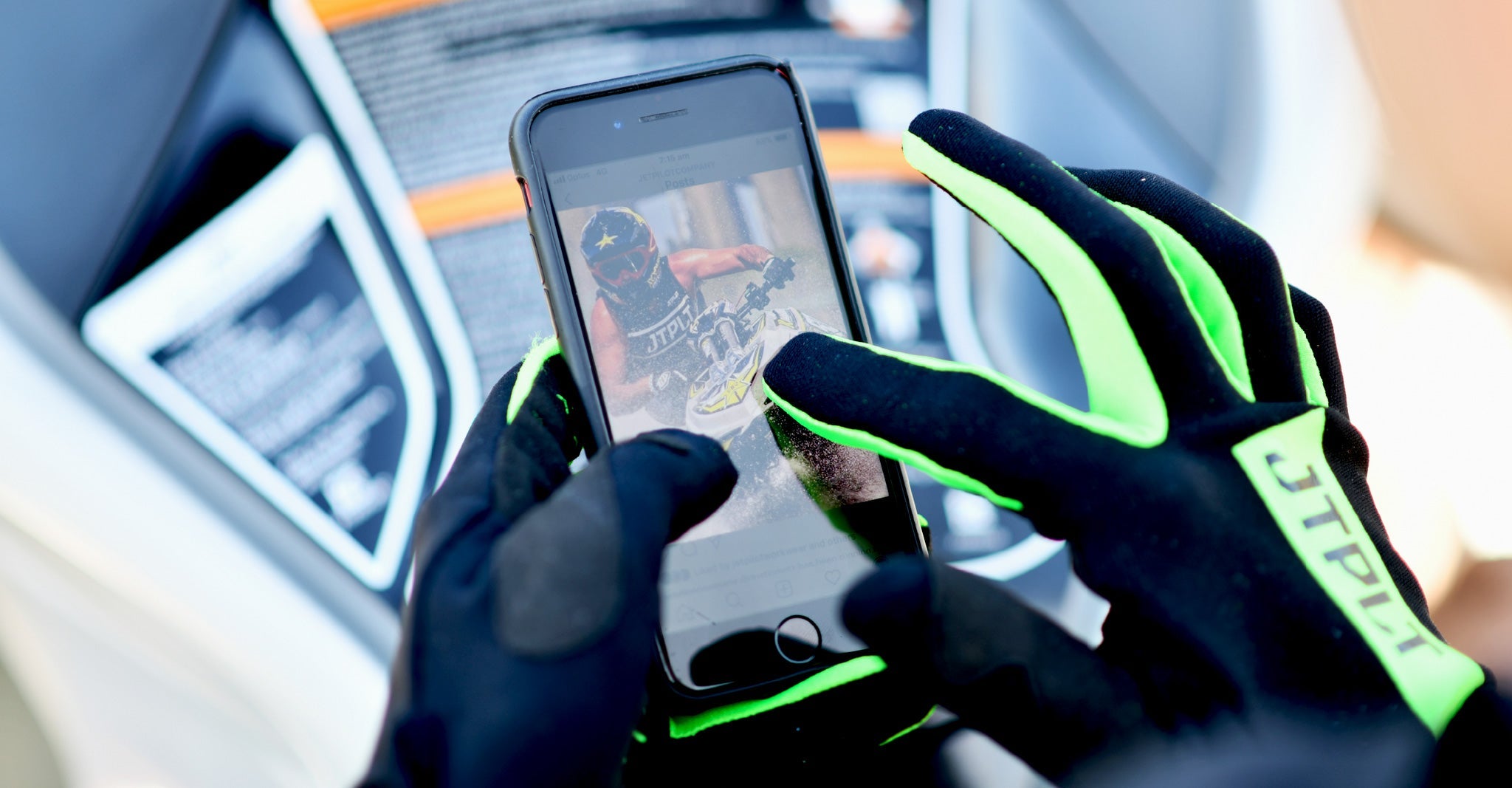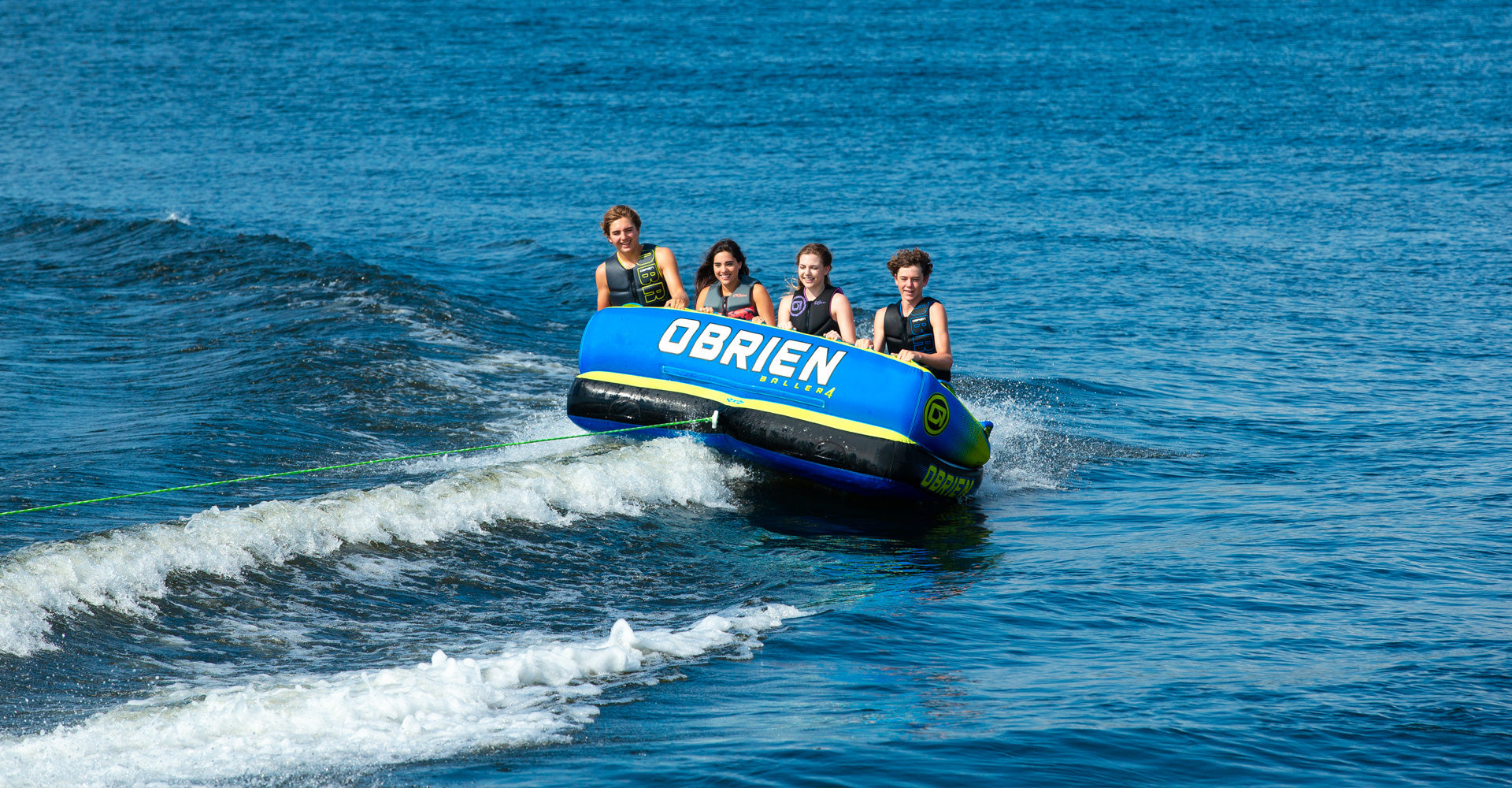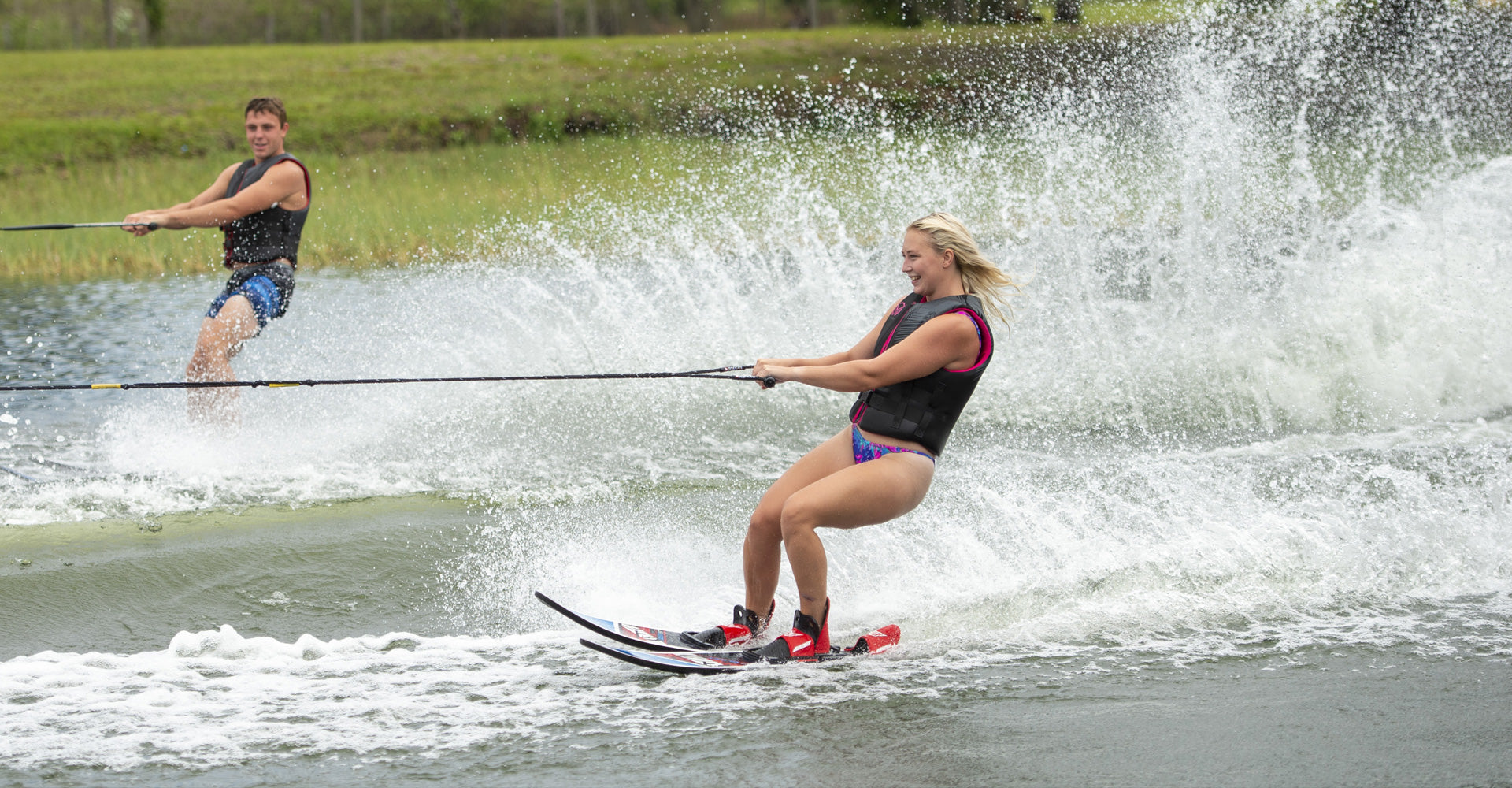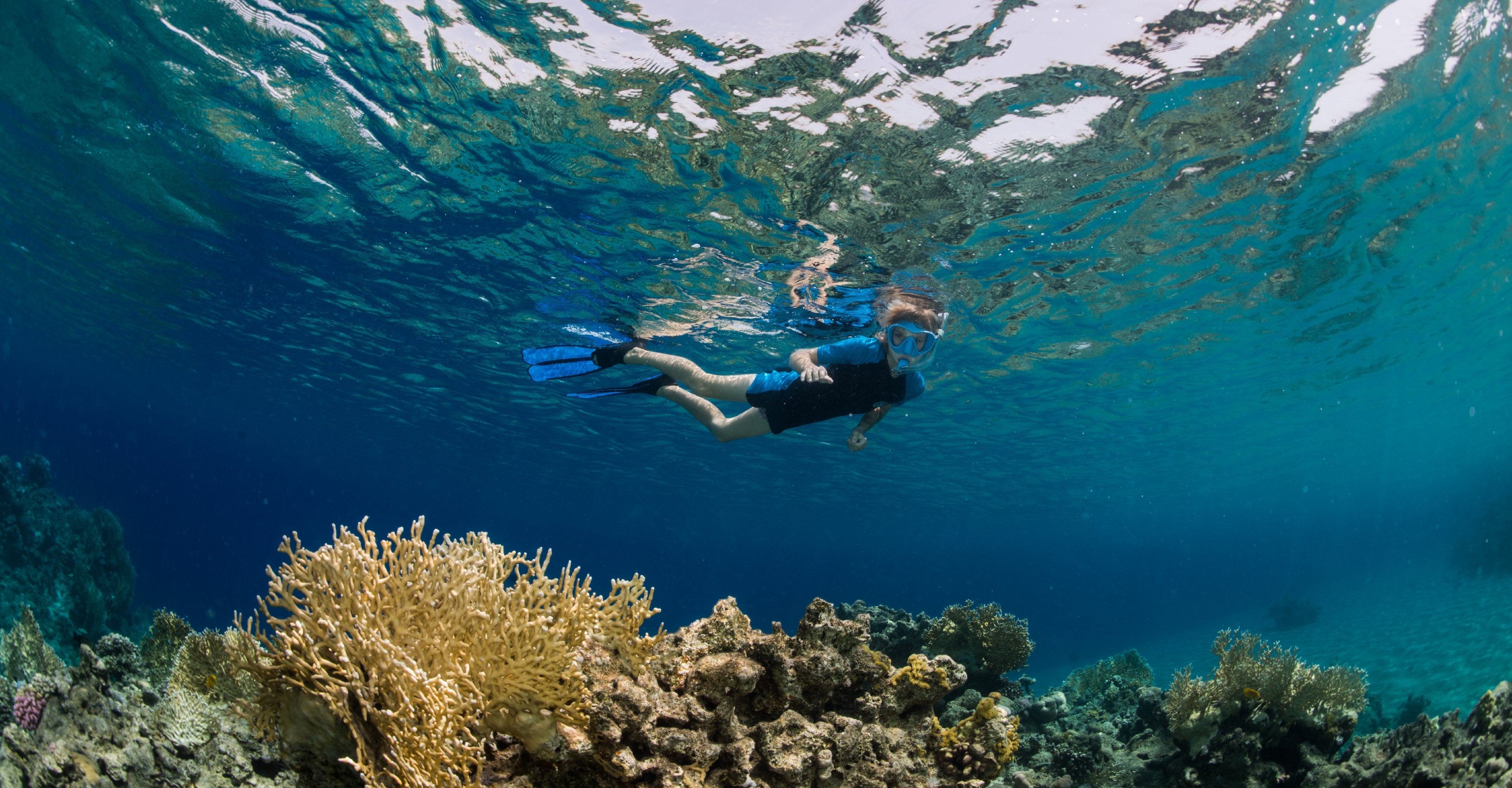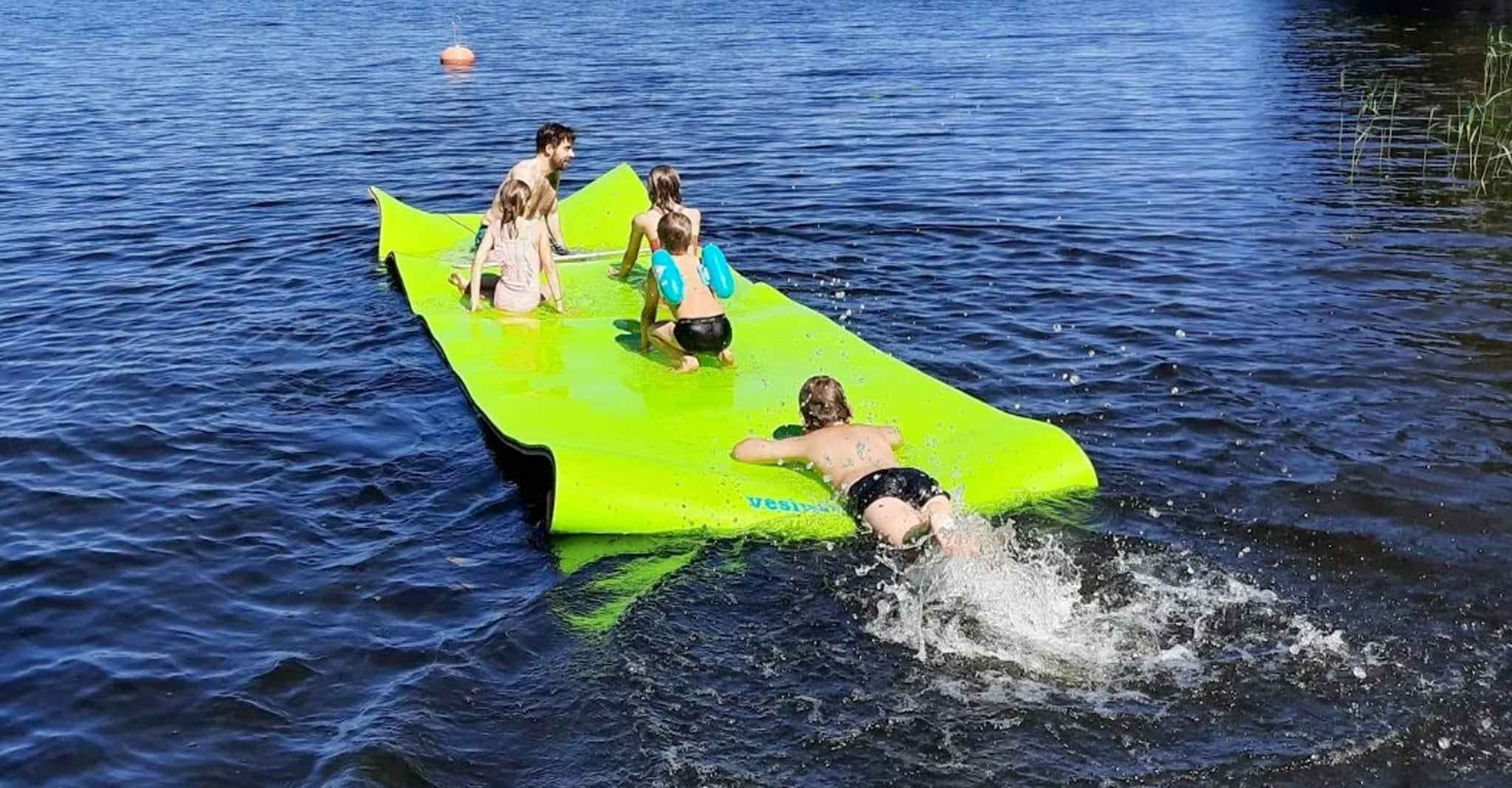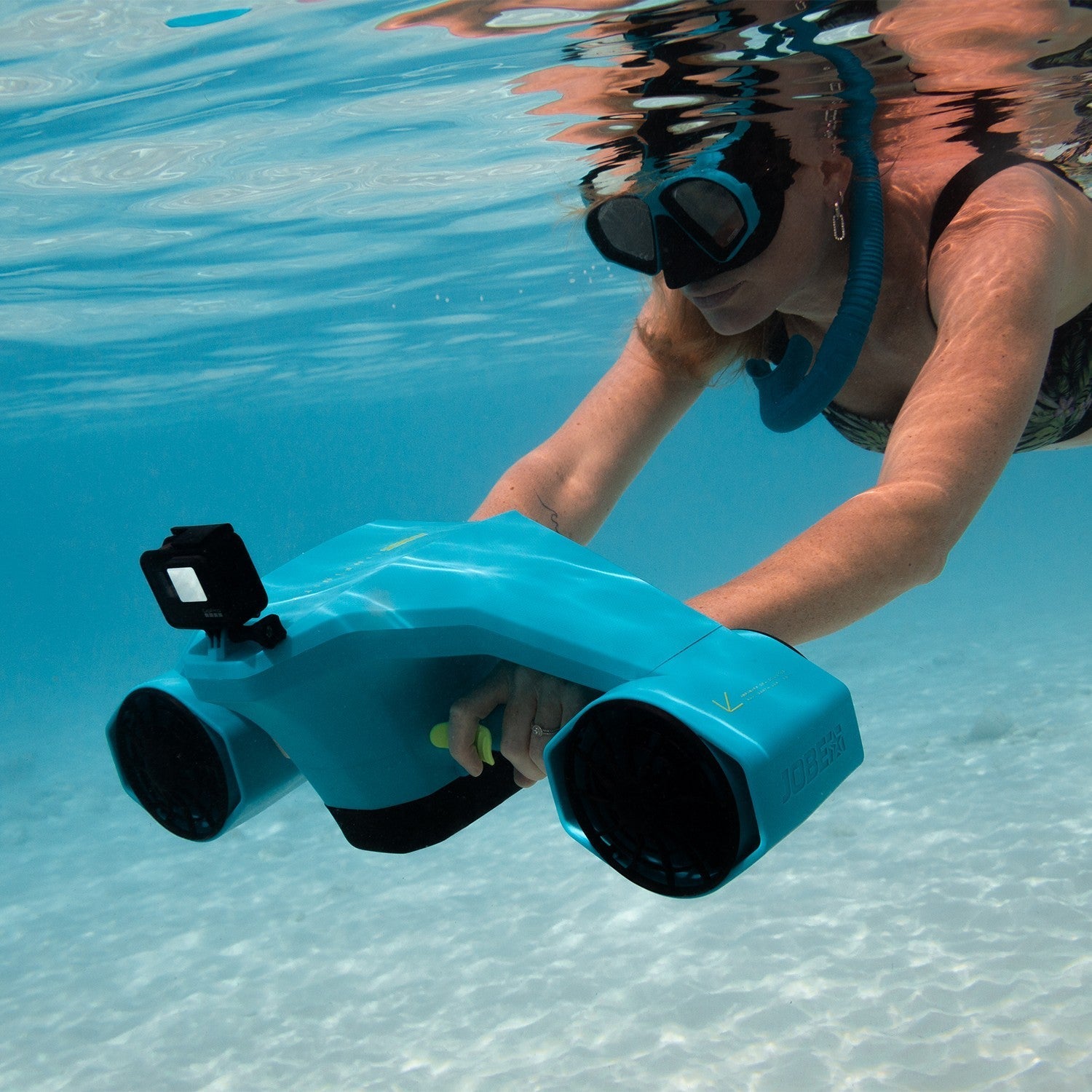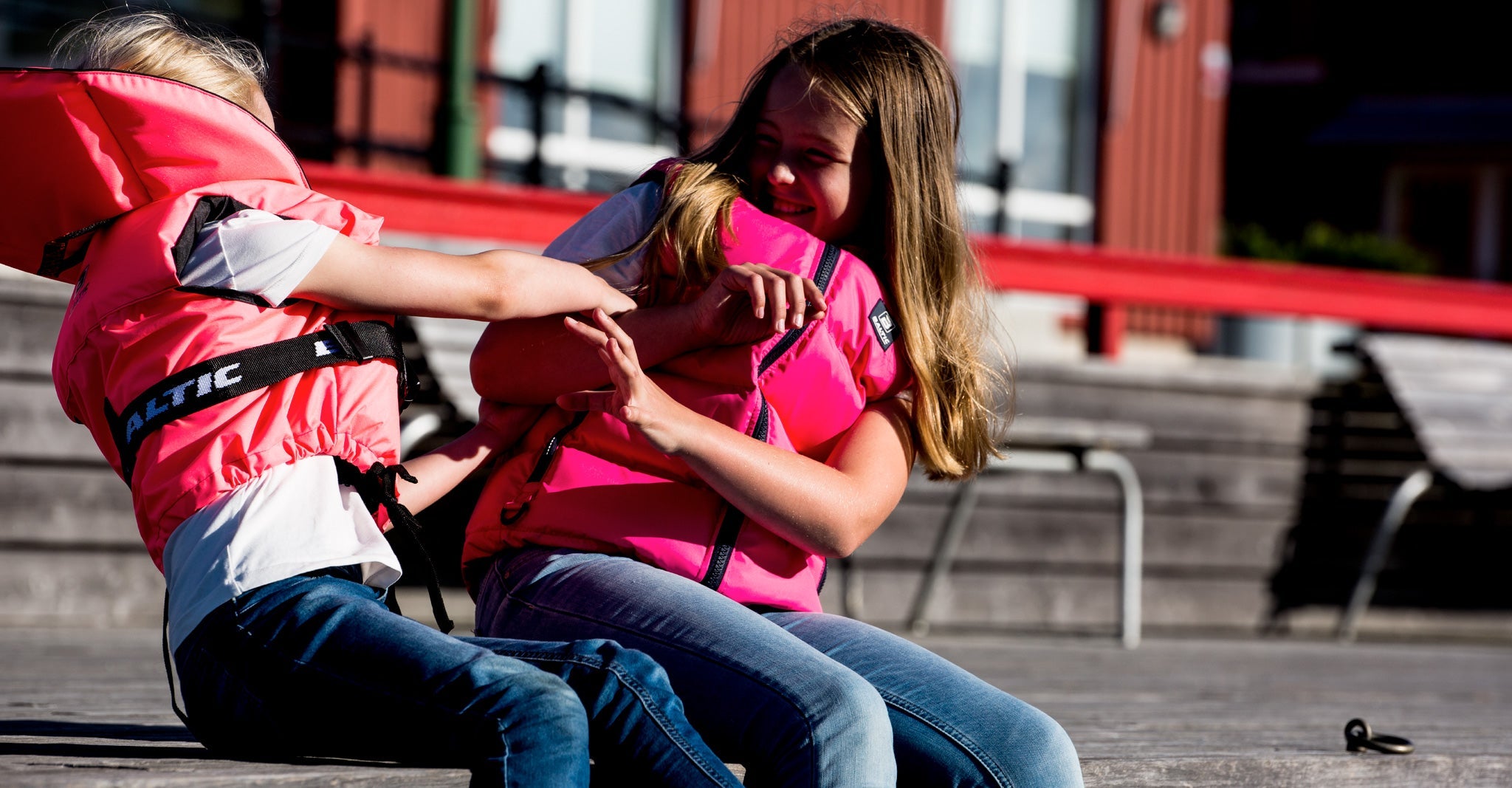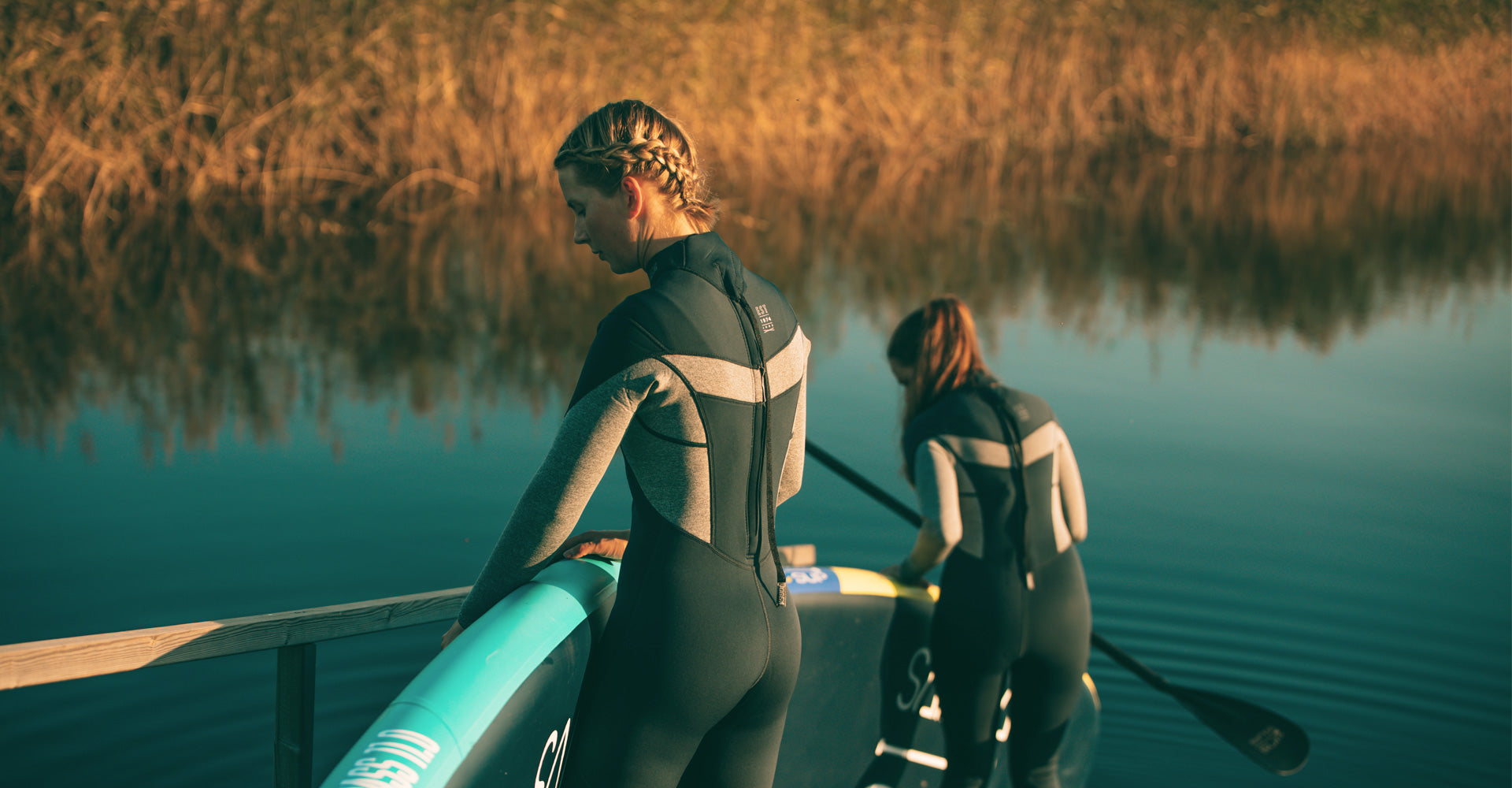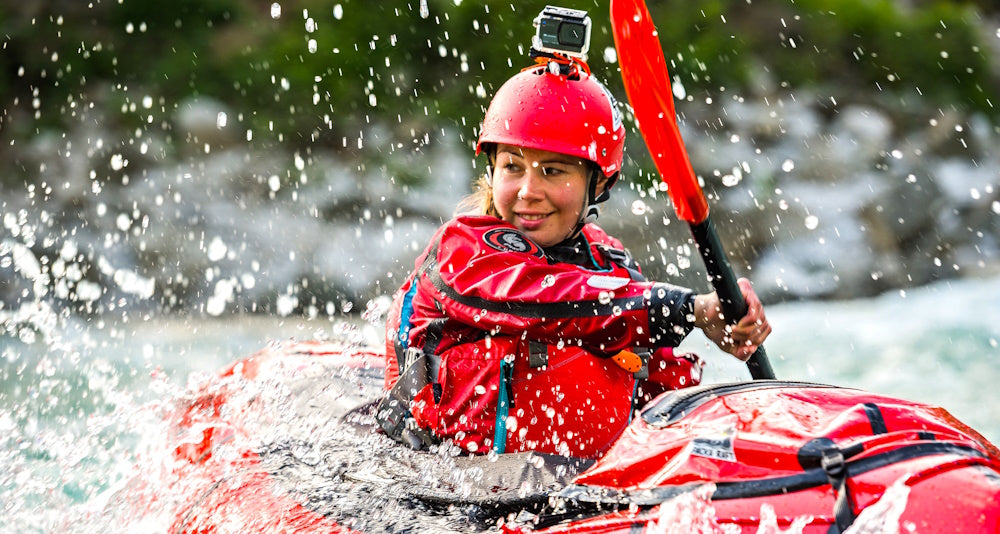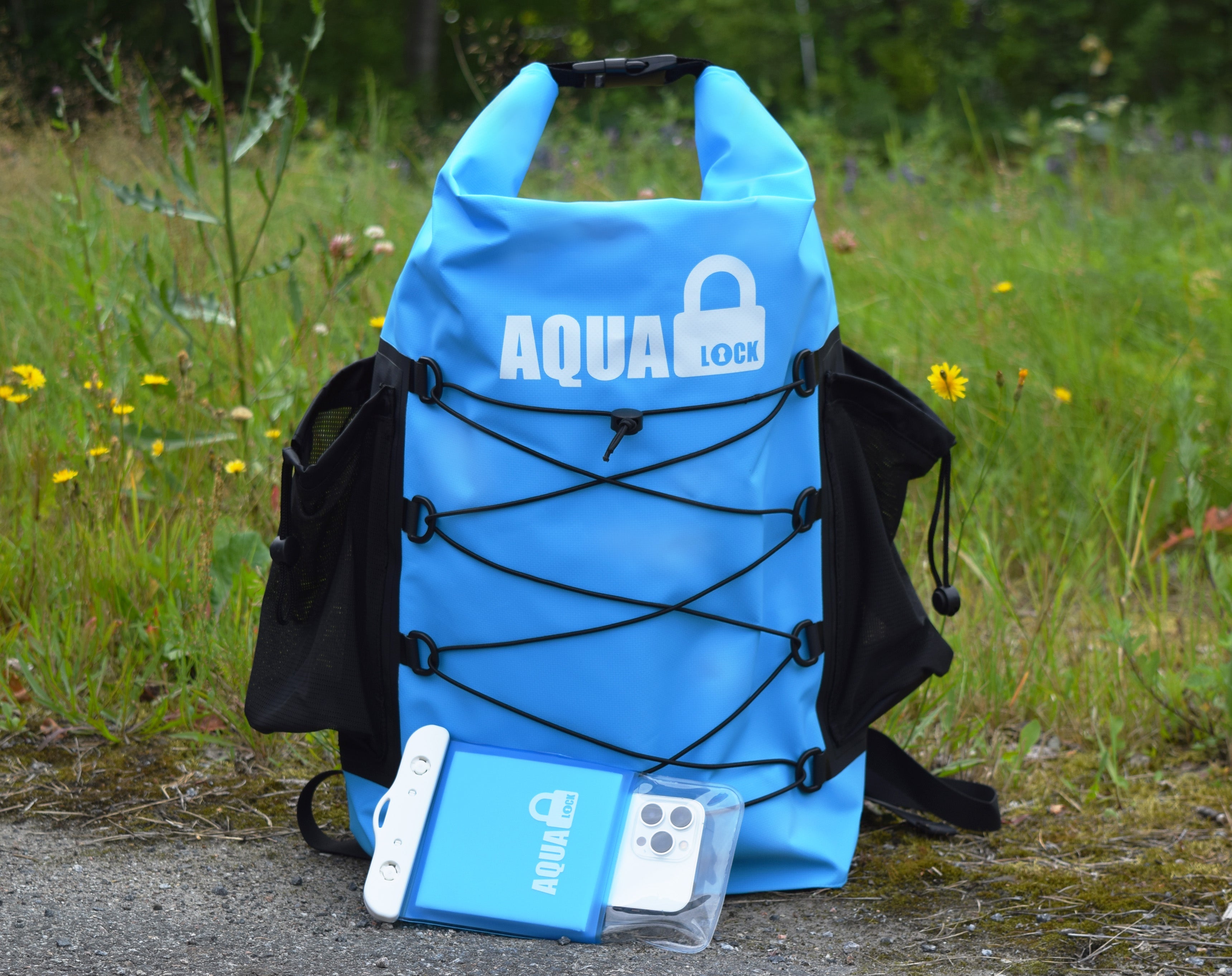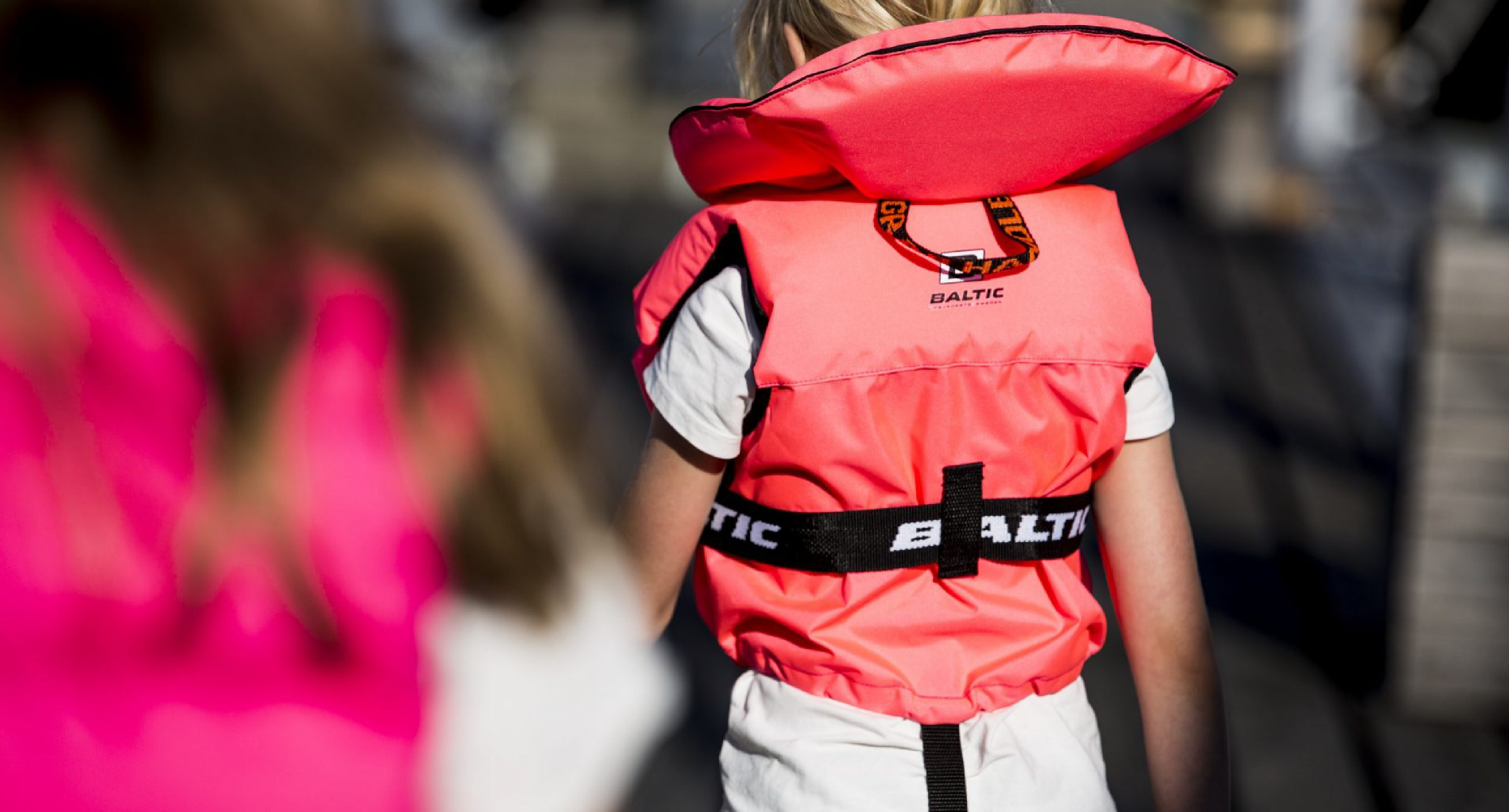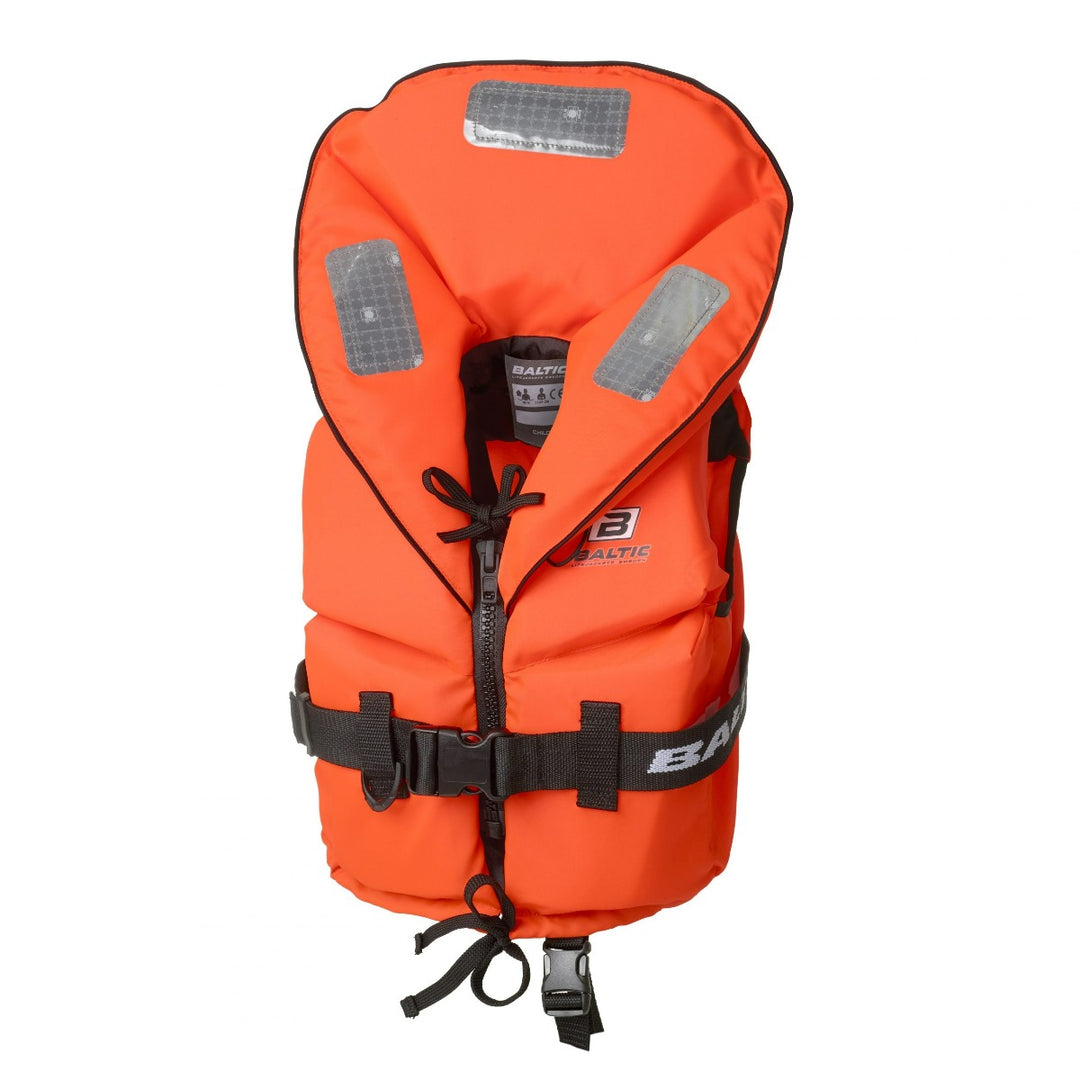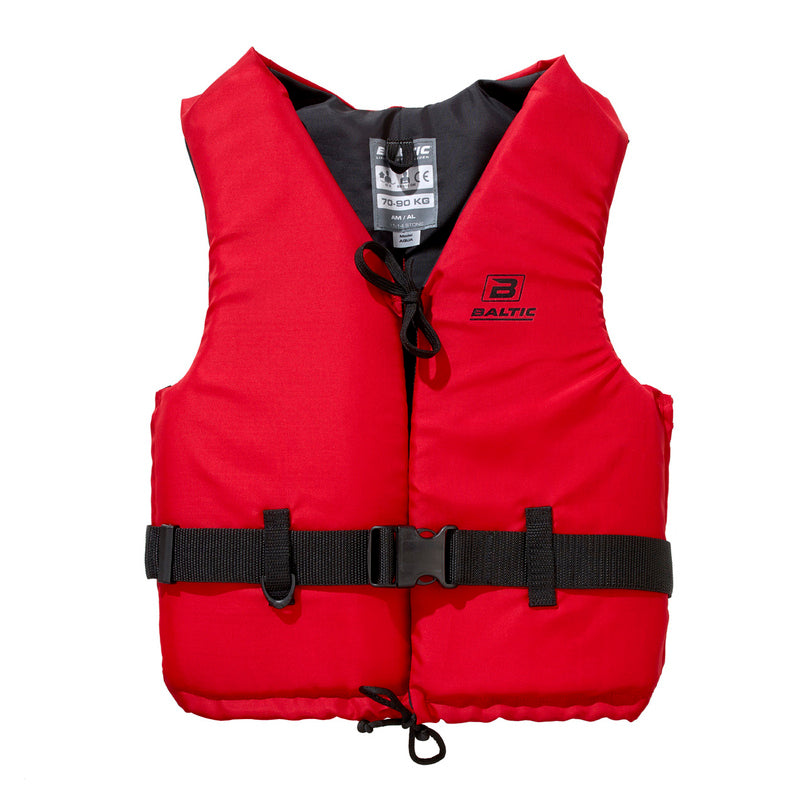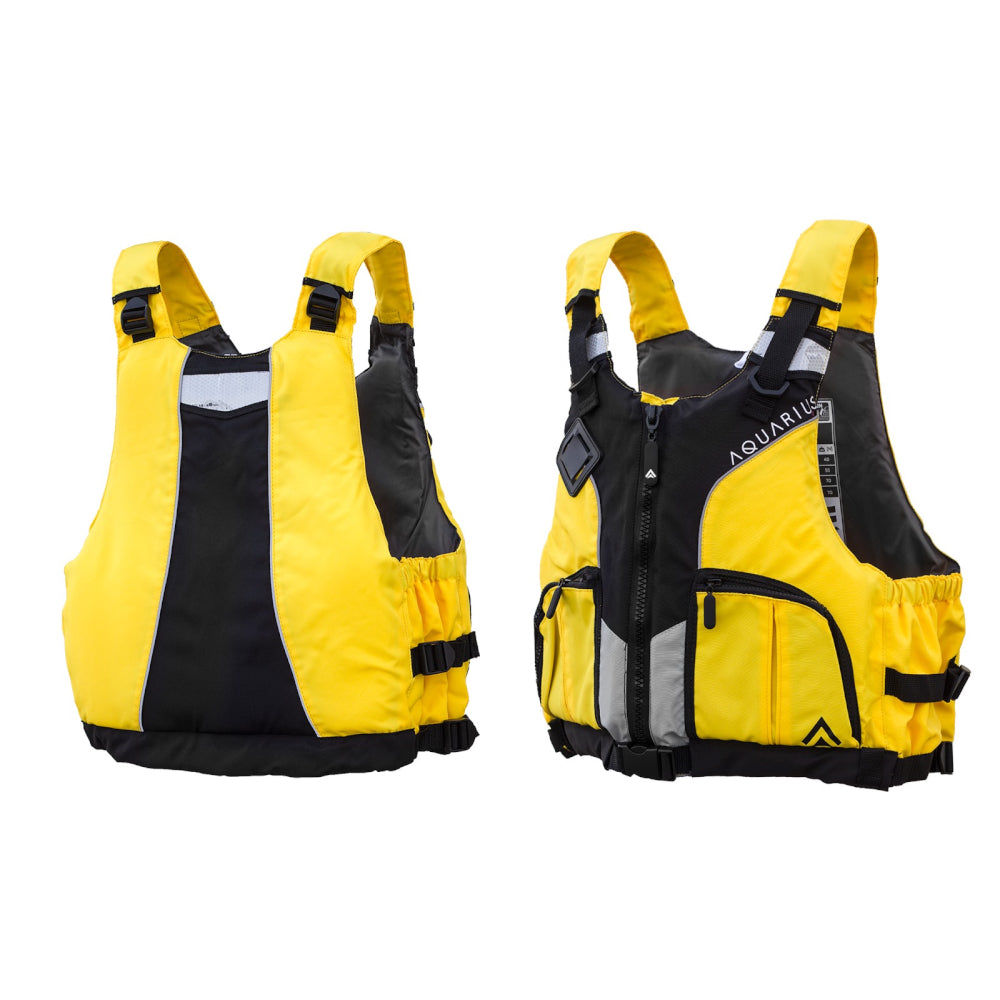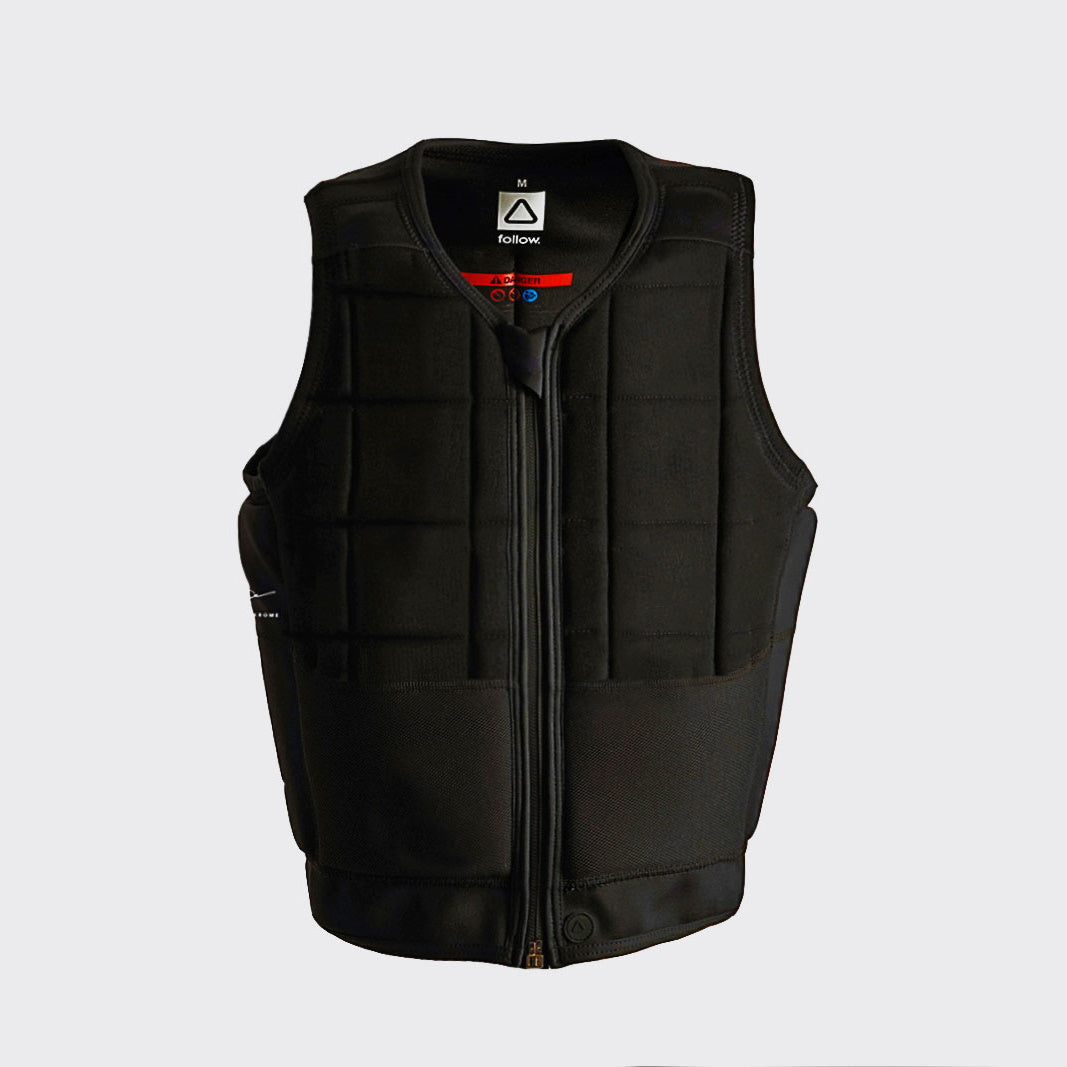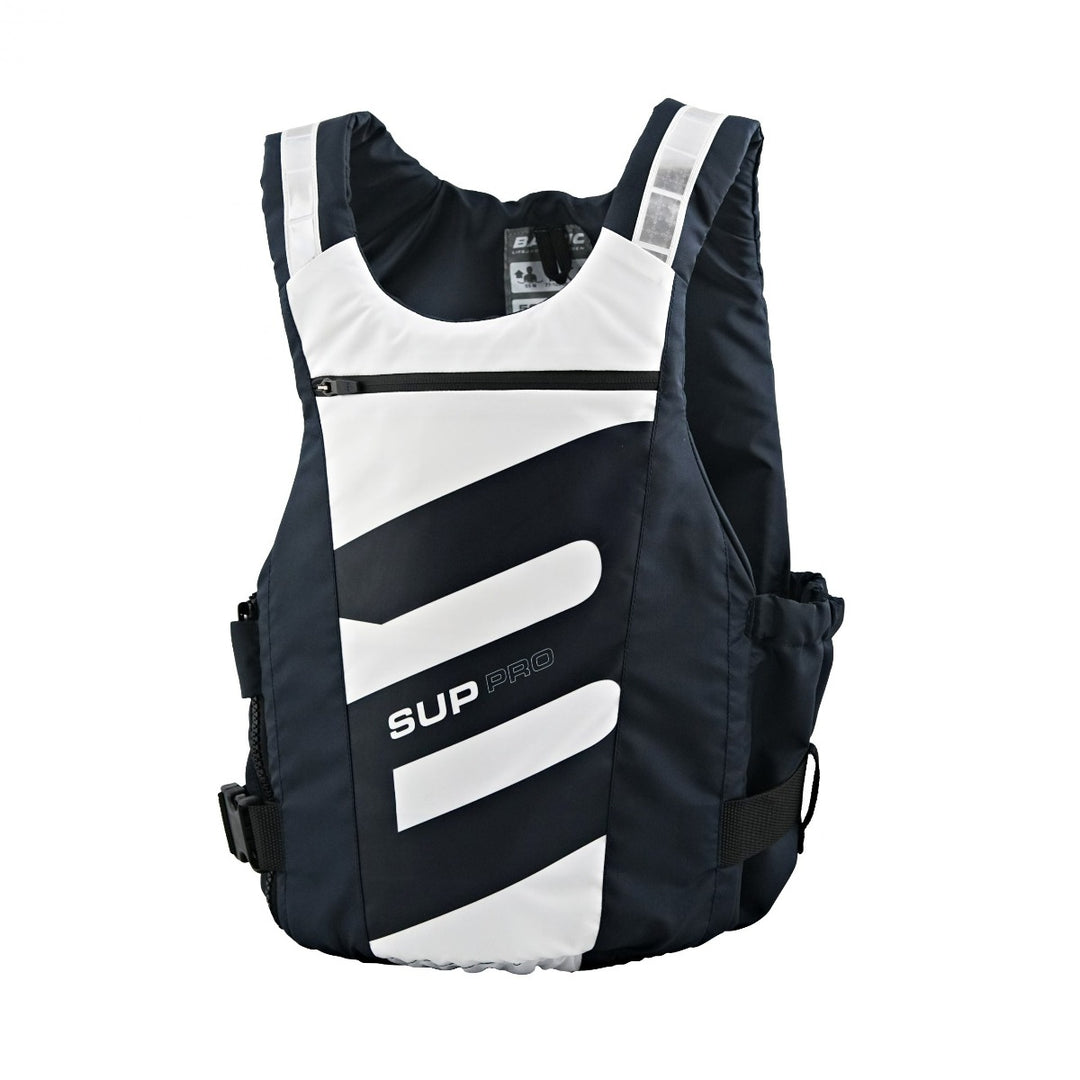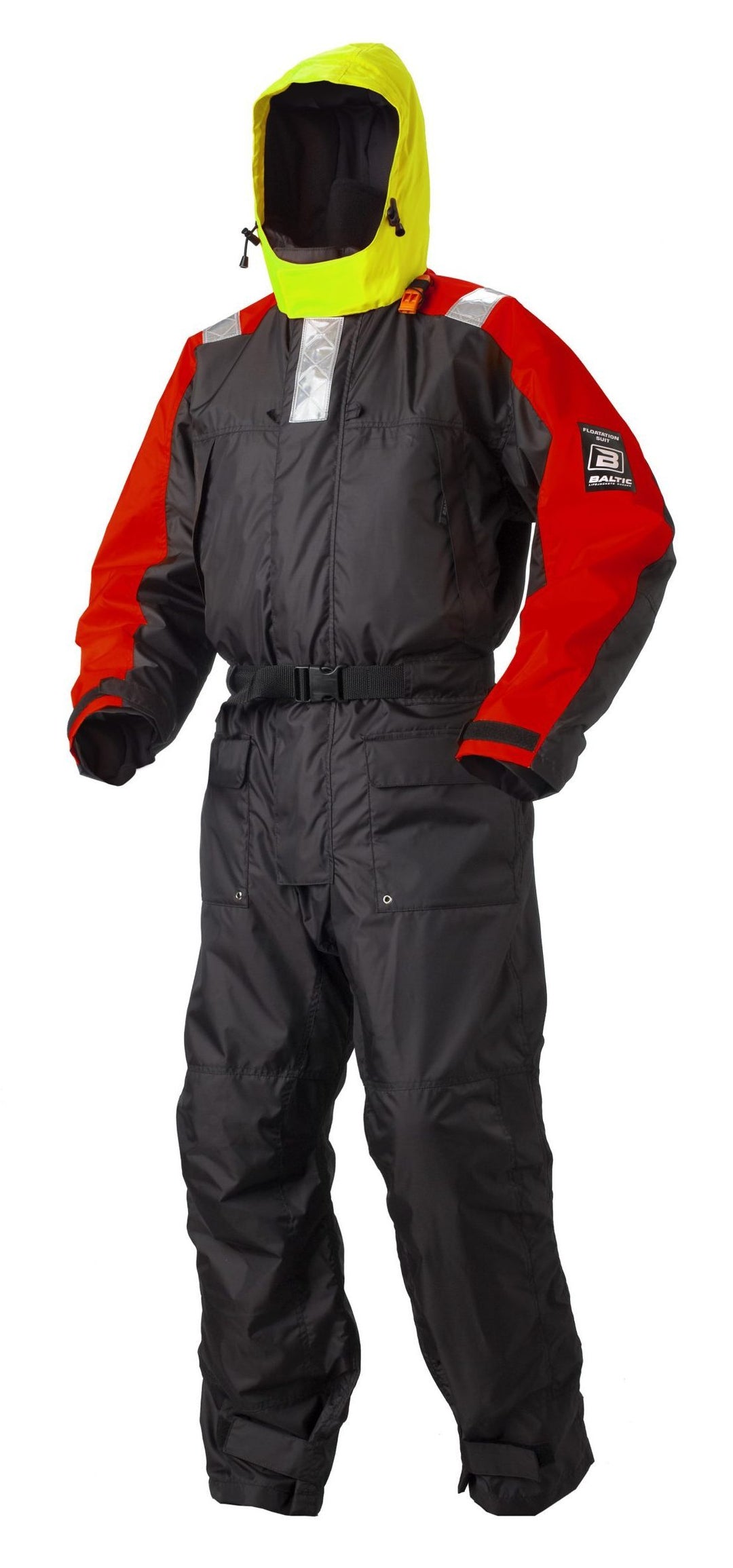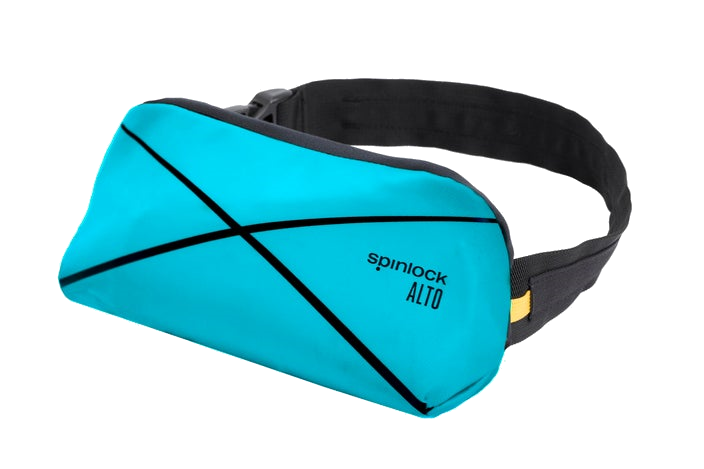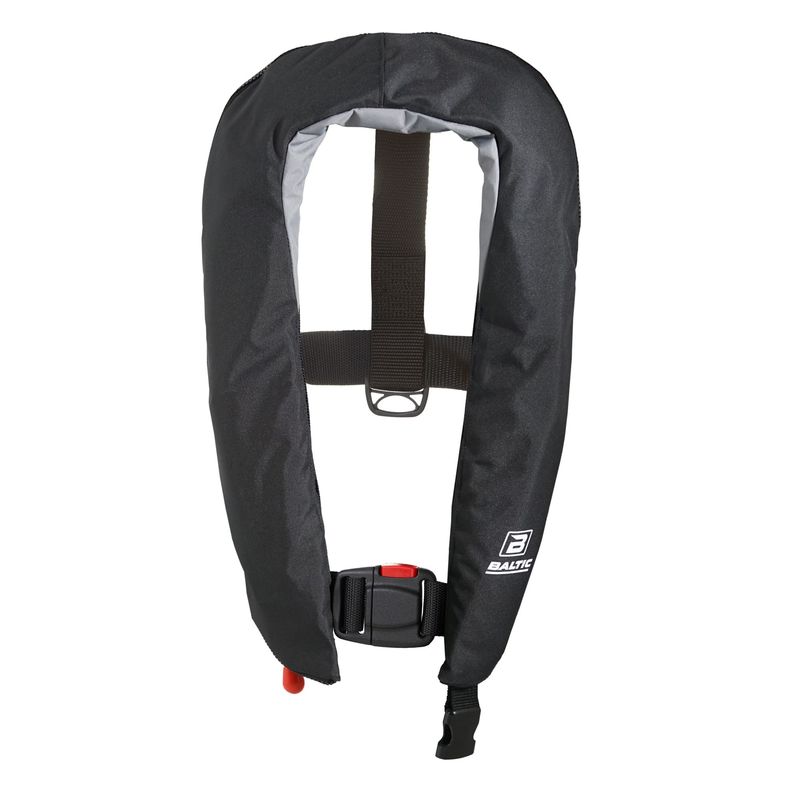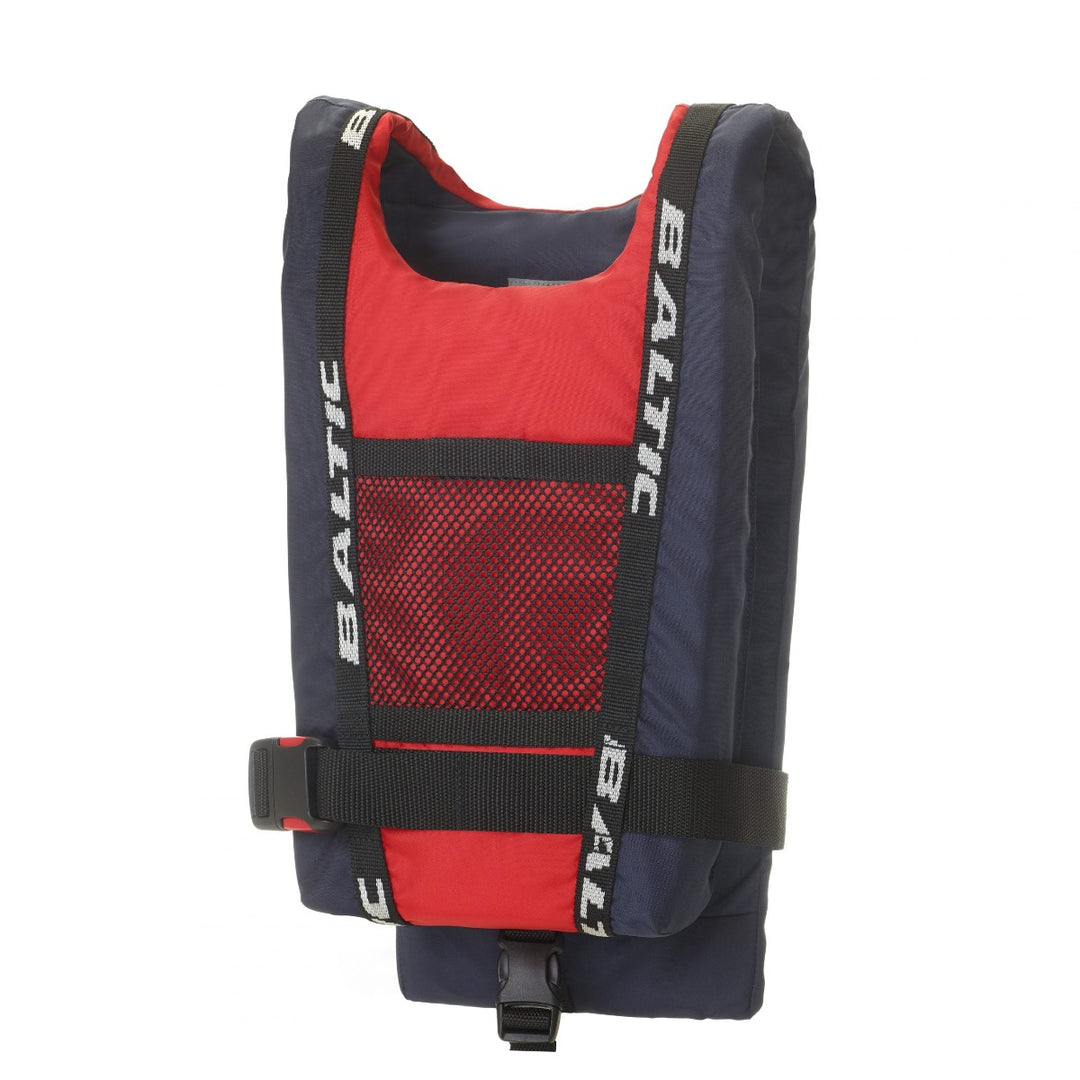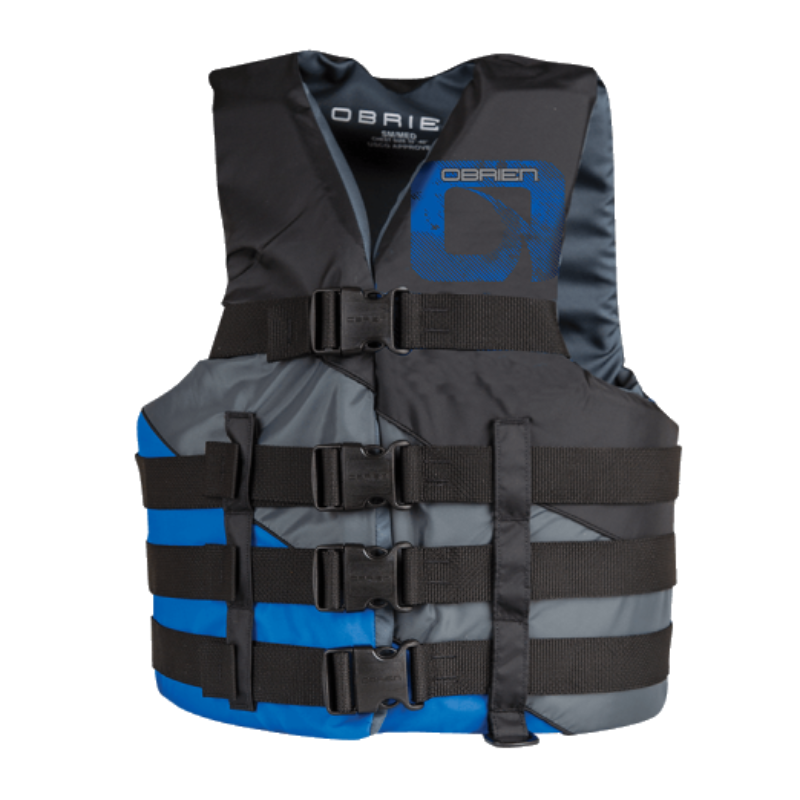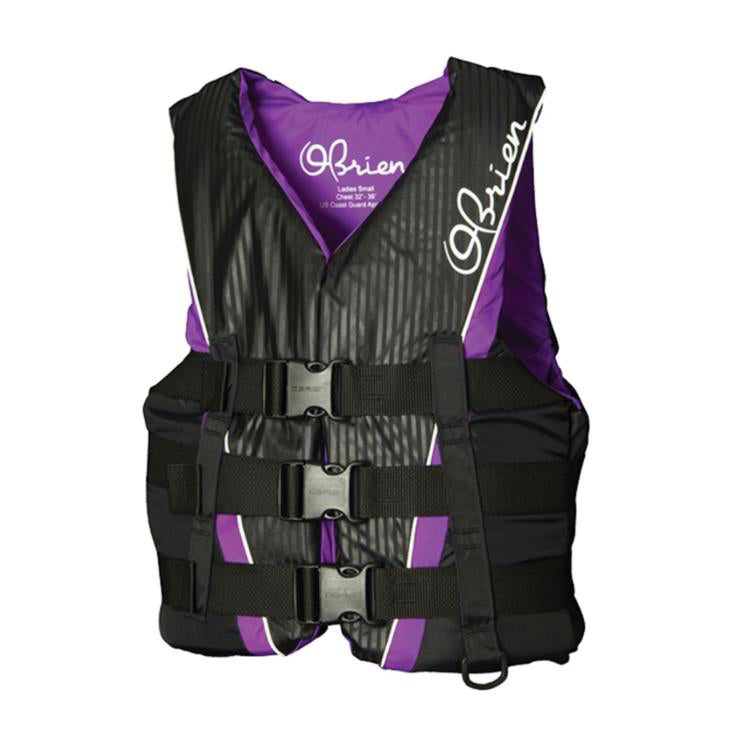difference between life jackets and life vests
For motor boats and sailing boats over five metres in length, the law requires the correct size of life jacket to be worn. life jacket or buoyancy aid for each person in the boat.
Safety equipment for boaters includes many different types of equipment; there are life jackets, buoyancy aids, buoyancy suits and other buoyancy aids. What are the differences between them and which is best suited to your needs? This guide goes through all the essentials you need to know before buying a lifejacket, and has a FAQ (Frequently Asked Questions) section at the end.
It's also worth pointing out at the outset that the main difference between a buoyancy aid and a lifejacket is the amount of lift (N, or Newton). Vests with a 50N rating are lifejackets or buoyancy aids, and 100N and above are lifejackets.
life jackets
Life jackets are at least 100N (N = Newton, i.e. the number of lifts), intended for navigation in sheltered waters. The lifejacket turns a person right side up (face up) within 10 seconds and supports the person in a buoyant position. Lifejackets often also have a collar to support the head and keep the airways more open. Lifejackets are particularly recommended for children and adults with poorer swimming skills precisely because they turn the wearer right side up, without the need for assisted swimming movements, and because they are more buoyant than buoyancy aids. From our range at Baltic Pro Sailor life jackets are available in sizes from baby to grandpa.
150N life jackets have even better buoyancy characteristics - they make it easier for the unconscious user to turn right side up. 275N is the pinnacle of lifejackets and is designed for use in very rough conditions on the high seas. It should be noted that not only swimming ability but also the weight of the person will affect the buoyancy required.
Buoyancy aids (50N)
For people with swimming skills buoyancy aids are vests for all types of water sports and other recreational activities. Like lifejackets, these do not restrict mobility and are generally more comfortable to wear, as they often have a soft neoprene outer material (the same material as wetsuits). Whether you're going SUP boarding, boating or fishing, a buoyancy aid is an important extra protection in case you get stranded in the water.
If you're looking for a universal vest for a cottage or for guests on a boat, the one you see in the picture is a must. Baltic Aqua is an excellent choice. The simple design and relaxed fit ensures it is suitable for different body types.
For boating, there are several different vests with different features - click on the link below to see which one suits your taste best!
Kayak vests
Paddling requires different features in your vest, which are often not found in a generic vest. A paddling vest should be high-fitting and compactso that it does not get in the way when paddling and does not force the wearer to sit on the front hatch due to the thick and long back.
For practical reasons, it is also useful to have pockets, as well as additional safety features such as reflectors or D-rings.
The picture shows Aquarius MQ Pro. This vest is a safe choice when looking for a vest that is suitable for paddling. The MQ Pro has reflectors, pocket space, a D-ring, good adjustability and a snug fit.
wakeboard and water ski vests
Impact vests are very popular in water sports, as they are designed to protect against possible hits or falls in the water. They often use a panel construction, which means that the vest is made up of several panels, which allows the inner material of the vest to hold its shape better and not sag from one side to the other. Points to note is that, most impact vests are not suitable for use as boating vests, as they do not meet the requirements of a buoyancy suit, but traditional watersports brand Follow has come up with a solution, namely 50N impact vest!
SUP vests
SUP vests are compact vests similar to paddling vests, allowing free movement. We have also recommended the Spinlock inflatable vests for supersport. If you are looking for a sup vest, you should have a look at our sup vests blog post!
Pictured is the Baltic SUP Pro. With fair sized side cuts, shoulder reflectors, front pocket and adjustable waistband, it's a very comfortable and safe package for paddling!
buoyancy aids
The term buoyancy suit also includes a buoyancy vest, but for the purposes of this post, this section will only cover wearable buoyancy suits.
We have this type of buoyancy aid in the form of a buoyancy suit, buoyancy vest and buoyancy jacket.
For many fishing enthusiasts, the wetsuit is the preferred option, and for example our Baltic Amarok buoyancy suit is a very good choice due to its weatherproof and buoyant properties. This suit is equipped with 80N buoyancy, reflectors and a highly visible HI-VIZ hood., so you get both safety and practicality in one package.
Jobe Bodywarmer is like a lifejacket and an accessory in one package! With 50N buoyancy, it doesn't look like a flotation suit at all, but like a normal vest. With this you'll have a great autumn/spring evening both on the boat and on the harbour terrace.
buoyancy aids
Buoyancy aids and other inflatable vests with automatic or manual triggering are a more comfortable option than traditional lifejackets or buoyancy aids for many people - after all, they are very lightweight and almost invisible on the body.
We have two different types of life jackets in our range; Baltic Breeze 100N (pictured) and Spinlock Deckvest Lite+ 170N. Both of these are very high quality and safe, but for the sea and other more demanding uses we recommend Deckvest for its higher buoyancy and additional features.
The lifejackets are also really good for fishing! The body-hugging design doesn't get in the way when tiring the fish or removing the hook, and you don't have to constantly jerk the vest into a different position when standing up or sitting down.
Another 50N buoyancy vest, especially popular with frogmen, is the 50N manual float vest. Spinlock Alto.
Frequently asked questions
Life jackets are recommended for rough, choppy water, and when there is no shore or other shelter nearby. Lifejackets should also be worn by people who are not able to swim. You should always wear a lifejacket when you are in the water and doing sports.
Buoyancy aids are usually fitted with a shock cartridge that is triggered either automatically by a fuse detecting contact with water, or by pulling on a cord in manual models. The cartridge quickly fills the vest's reservoir and, depending on the model, forms a ring or a more traditional lifejacket.
Lifejackets are designed to keep the wearer afloat in the event of a water emergency and are not recommended as an "additional safety" measure for swimming. However, with a lifejacket on, you can make swimming manoeuvres to get to a safer place if possible.
When boating, it is a legal requirement to wear a lifejacket or buoyancy aid for everyone on board. They do not have to be on at all times, but it is still recommended, especially for poor swimmers or young people.
A lifejacket or buoyancy aid should fit snugly but comfortably, and should not roll around the body. A good way to test the fit of a lifejacket is to ask someone to gently lift it up by the shoulders; if it stays comfortably in place, it is suitable. Children should never wear a vest that "they will grow into", but the vest should always fit them.
The requirements only apply to motor boats and sailing boats over 5m in length, so legally no, but it is still strongly recommended to bring a lifejacket or buoyancy aid.


